The Samsung QN70F is quite a decent mid-range television. Its strongest feature is definitely the smoothness of the image – thanks to the 144 Hz panel, low input lag, and a wealth of gamer features, we have here a recipe for nearly the perfect gaming display. It will also perform well for sports fans – the picture is fast, clear, and nothing tears. When it comes to picture quality – it's really not bad. The VA panel offers good black levels, brightness is better than average, and colors look great after calibration. Samsung advertises the QN70F as Neo QLED, meaning Mini LED, and in a certain sense, one can view it that way – but only partially. The backlighting is edge-lit, so it falls short of true Mini LEDs with local dimming. It's a shame because marketing does its job, and the user might feel a bit misled. Additionally, there are some small shortcomings – no USB recording, no DTS support. But despite everything, the QN70F makes a really good impression. It may not be a "true" Mini LED, but for its price, it's a solid piece of television – especially for gamers and anyone who enjoys fast, dynamic content.
- Matching (Score)
- Our verdict
- TV appearance
- Where to buy
- Contrast and black detail
- HDR effect quality
- Factory color reproduction
- Color reproduction after calibration
- Smoothness of tonal transitions
- Image scaling and smoothness of tonal transitions
- Blur and motion smoothness
- Console compatibility and gaming features
- Input lag
- Compatibility with PC
- Viewing angles
- TV efficiency during daytime
- Details about the matrix
- TV features
- Apps
- Playing files from USB
- Sound
Samsung Neo QLED QN70F / QN74F / QN77F vs Samsung Q8F
Direct compare
Check the best price offer:
Samsung Neo QLED QN70F / QN74F / QN77FCheck the best price offer:
Samsung Q8FQN70F / QN74F / QN77F
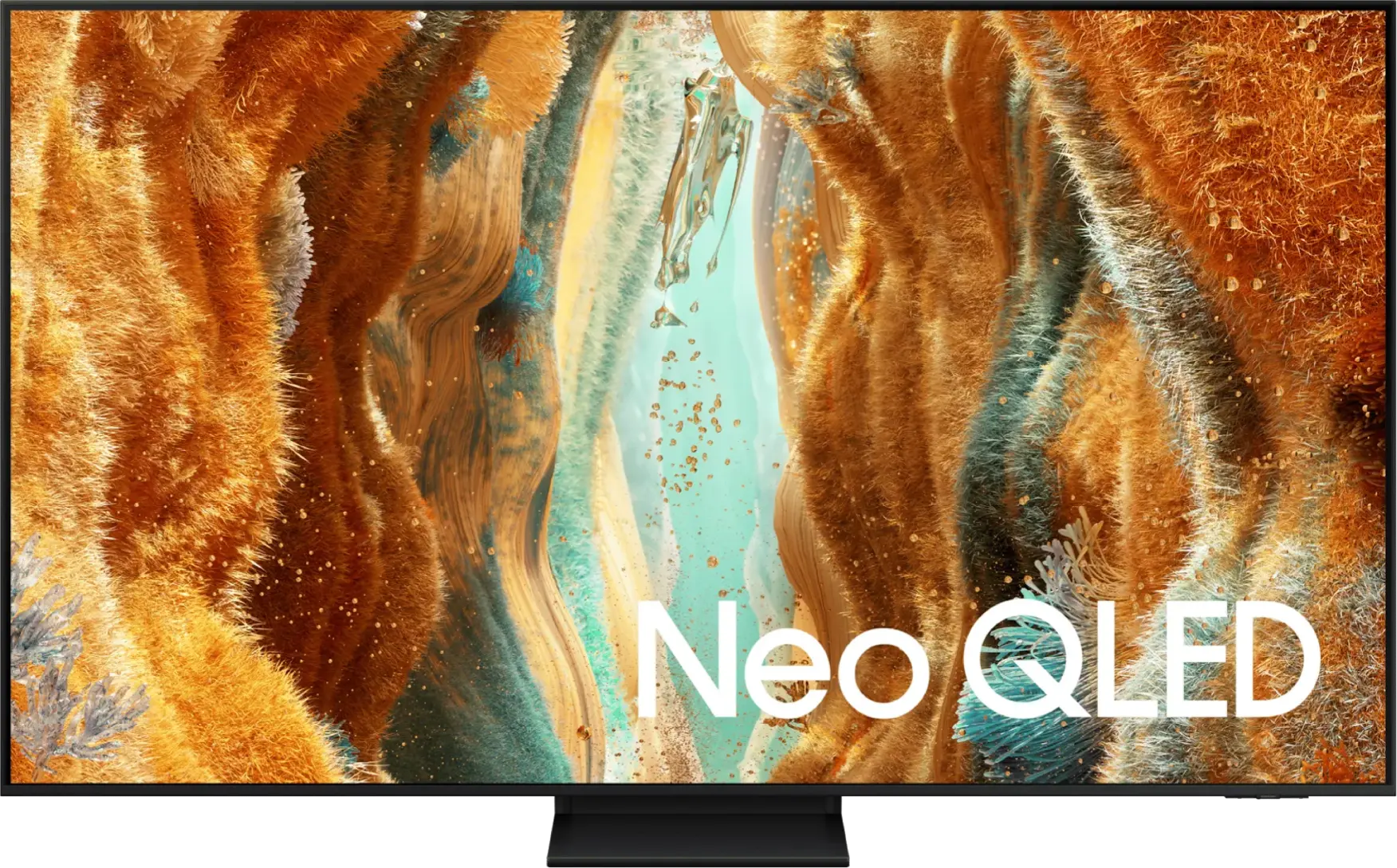
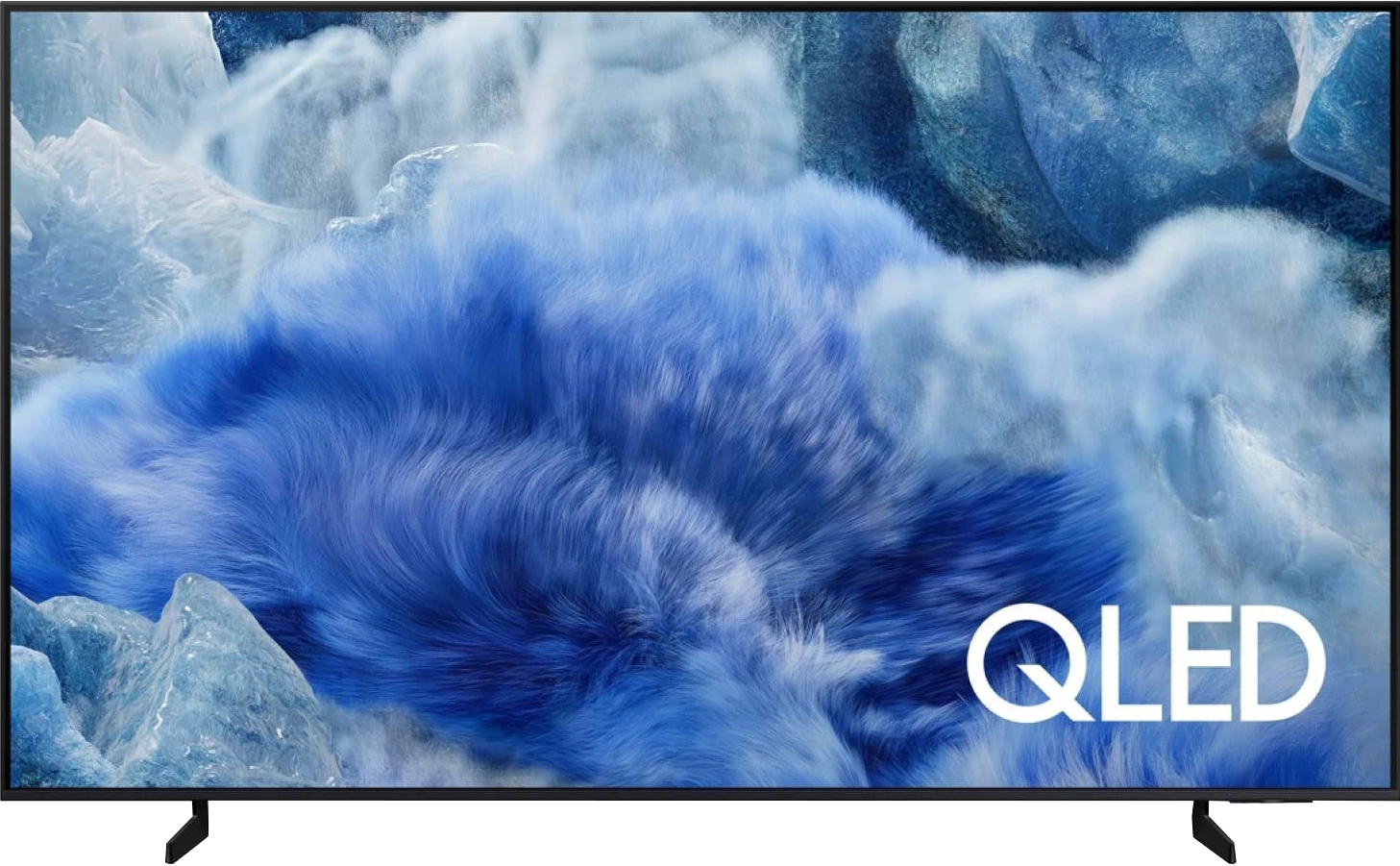
Panel type: LCD VA
Resolution: 3840x2160
System: Tizen
Model year: 2025
Complete the survey to find out the result

Panel type: LCD VA
Resolution: 3840x2160
System: Tizen
Model year: 2025
Complete the survey to find out the result

Overall rating
7.1
6.3
Movies and series in UHD quality
6.7
6.3
Classic TV, YouTube
6.6
6.0
Sports broadcasts (TV and apps)
6.7
5.1
Gaming on console
8.5
6.9
TV as a computer monitor
8.2
6.0
Watching in bright light
6.3
5.6
Utility functions
7.2
7.3
Apps
8.7
8.7
Sound quality
6.4
6.0
Complete the survey to find out what fits your preferences
Advantages
Nice black and contrast
Above average panel brightness
High refresh rate of 144Hz
Many features for gamers: ALLM, VRR, Game Bar, etc.
Low input lag
4 HDMI 2.1 ports
Extensive and smooth Tizen operating system
Super slim design
Solid contrast thanks to the VA panel
Pretty good brightness in SDR and HDR (up to about 500 nits)
Satin finish handles reflections well
Tizen operating system – fast, intuitive, with a rich selection of apps
Solar remote with USB-C charging
Integration with the SmartThings ecosystem
Great input lag
Good font readability when working with a PC, suitable as a monitor for text work
Adjustable stand on multiple planes
Disadvantages
No USB recording function
No DTS format
Issues with the HGIG function (for gamers)
Symbolic local dimming (Is this really MINI-LED?)
Heavily limited features for gamers (no VRR in practice, no HGiG)*,
No recording function on USB or PiP
Average digital image processing
*We hope that the promises made in the advertising brochures will be quickly fulfilled through software updates.
Our verdict
Samsung Q8F is quite a successful continuation of the Q67D model. It offers similar picture quality in HDR content, and with a brightness of around 500 nits, it can create an effect that is hard to call average. It is also aided by support for the HDR10+ format, which has been realistically competing with Dolby Vision for some time and provides comparable experiences in many productions. The contrast is also a plus—given its VA panel, it performs solidly and allows for pleasant blacks in movies and series. However, the biggest advantage of the Q8F remains the operating system. Tizen works quickly, provides access to many applications, and integrates well with the SmartThings ecosystem, making it easy to connect the television to a larger network of home devices. Interestingly, the Q8F also has some niche use—thanks to its very good font readability, it works great as a screen for text work. Additionally, the adjustable stand allows the TV to be positioned on practically any desk or narrower TV cabinet. The biggest drawback, in our opinion, is not the image quality itself—because in this price range it's hard to expect miracles—but rather what has happened to the features for gamers. Through updates, options such as VRR and HGiG, which were available even in simpler designs in previous generations, have disappeared. In fact, the manufacturer even boasts about the availability of these features in its catalog. This makes it difficult to recommend the Q8F to anyone planning to hook up a console and expecting full support for new technologies. Thus, the Q8F is a TV that can please—primarily with its design, above-average picture quality, and efficient Tizen system. But at the same time, it shows a step back compared to its predecessor. Let’s hope that Samsung can quickly rectify these shortcomings, as otherwise, even such a successful “everyday” TV may leave some users feeling unsatisfied.
TV appearance
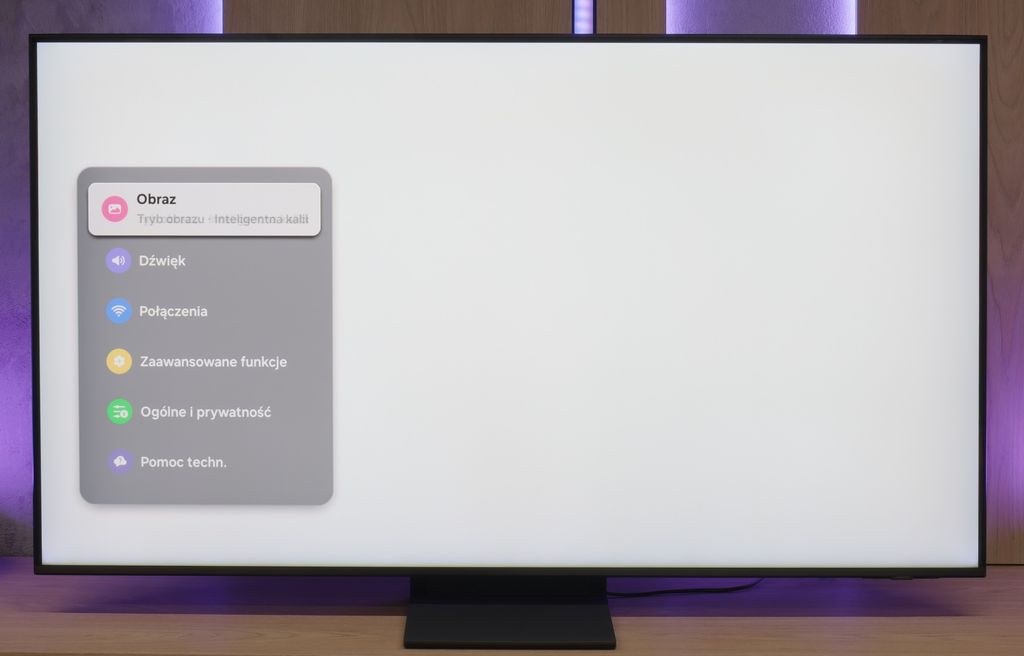
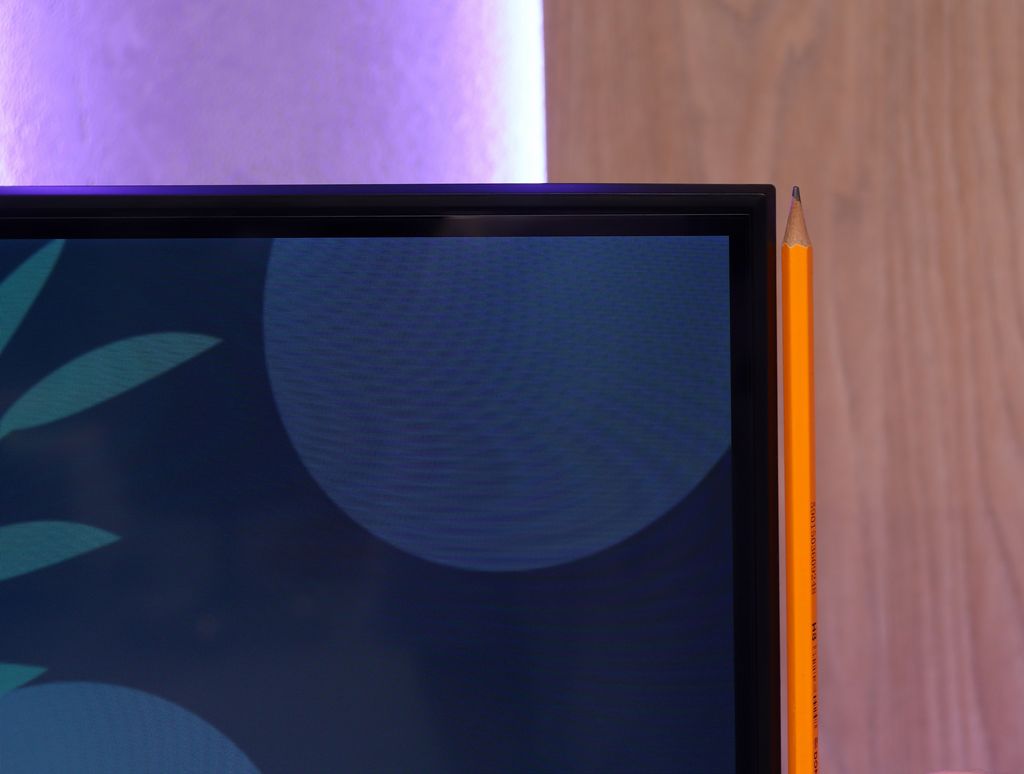
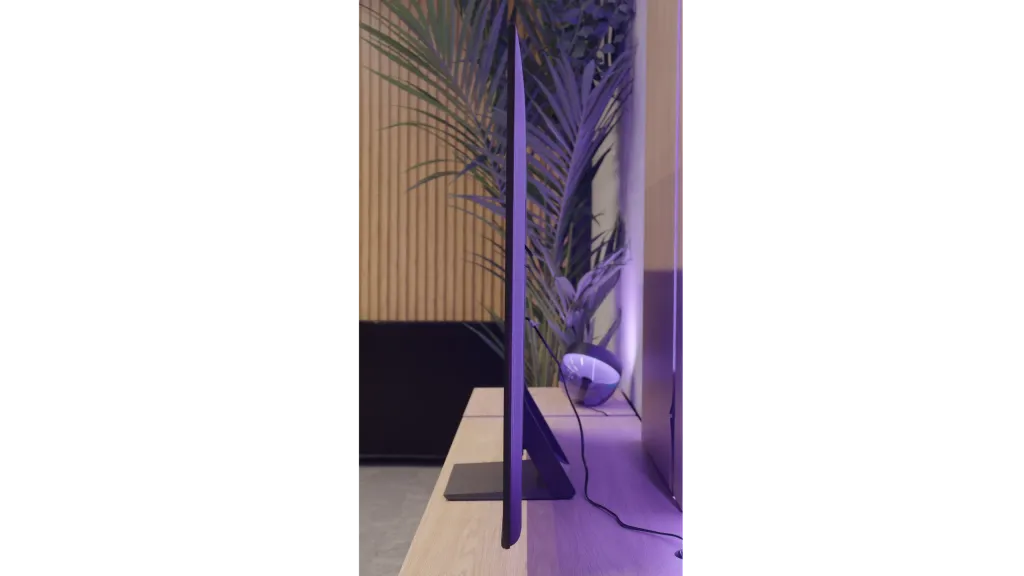
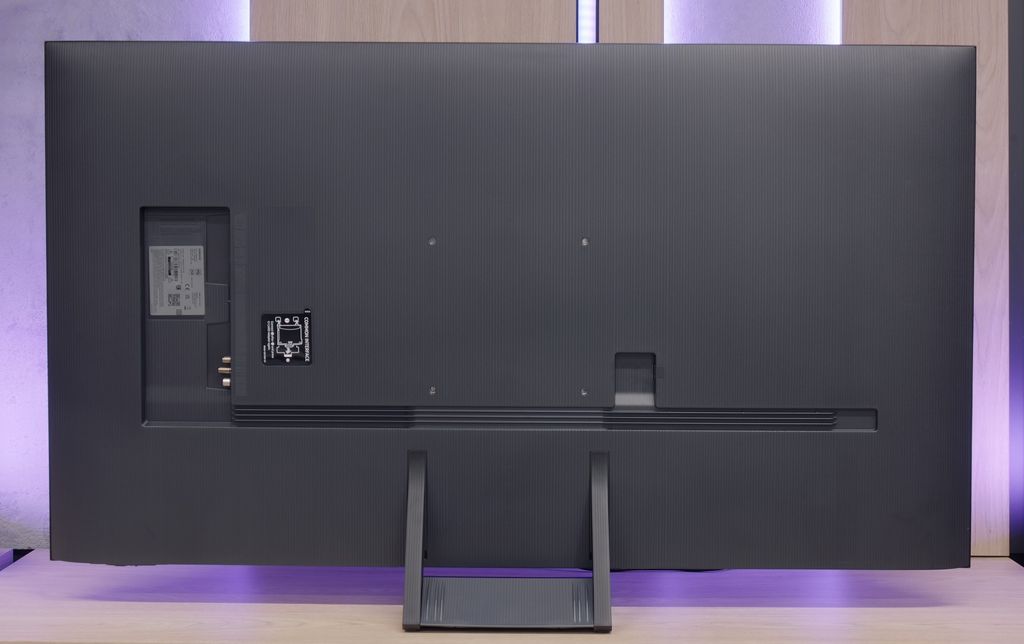
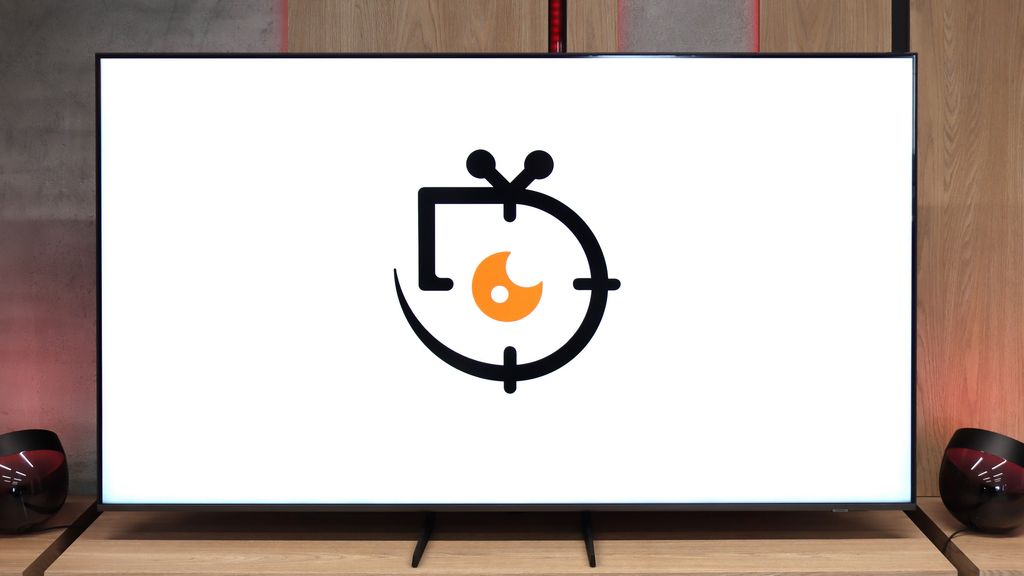
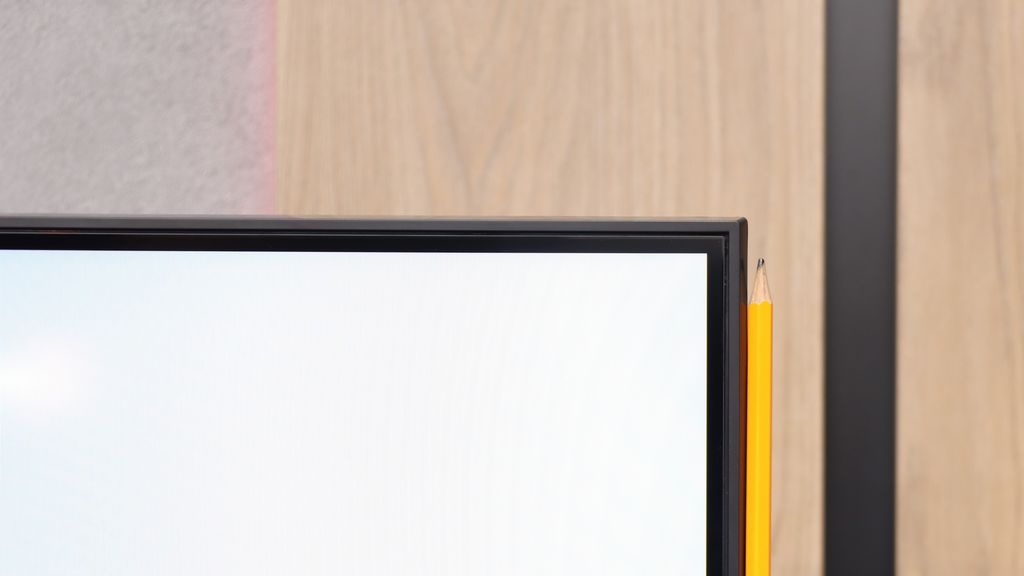
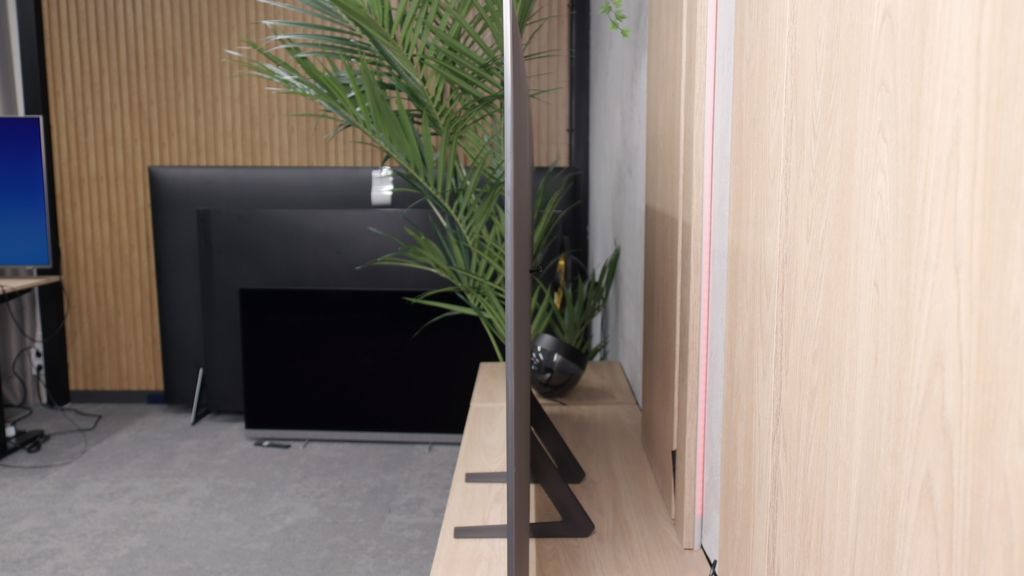
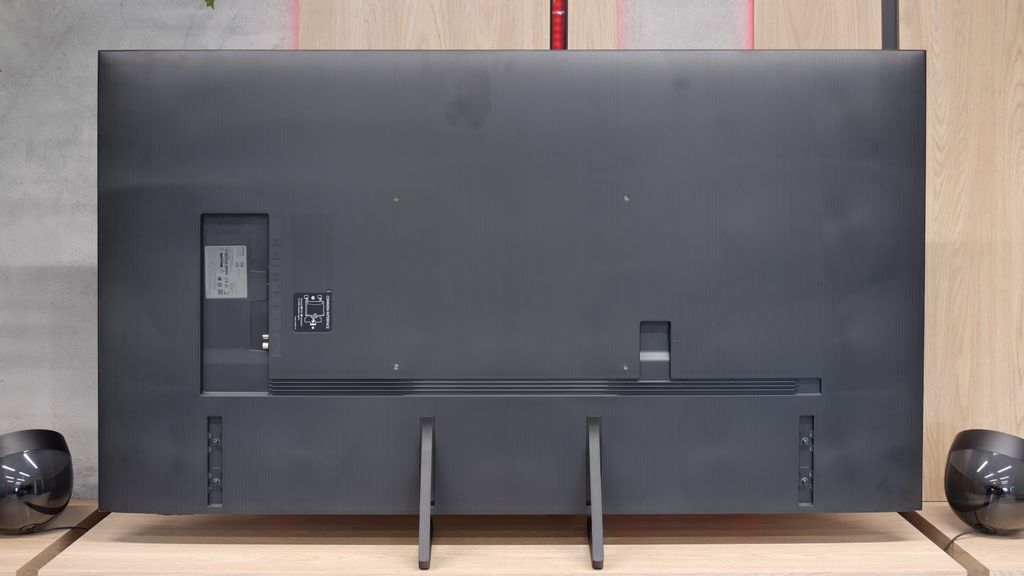
Contrast and black detail
6.2/10
5.5/10
Local dimming function: Yes, number of zones: 20 (1 x 20)
Local dimming function: No
Contrast:

Result
9,200:1

Result
7,000:1

Result
5,350:1

Result
5,700:1

Result
5,300:1

Result
5,200:1

Result
4,650:1

Result
3,650:1

Result
4,100:1

Result
4,150:1
Halo effect and black detail visibility:
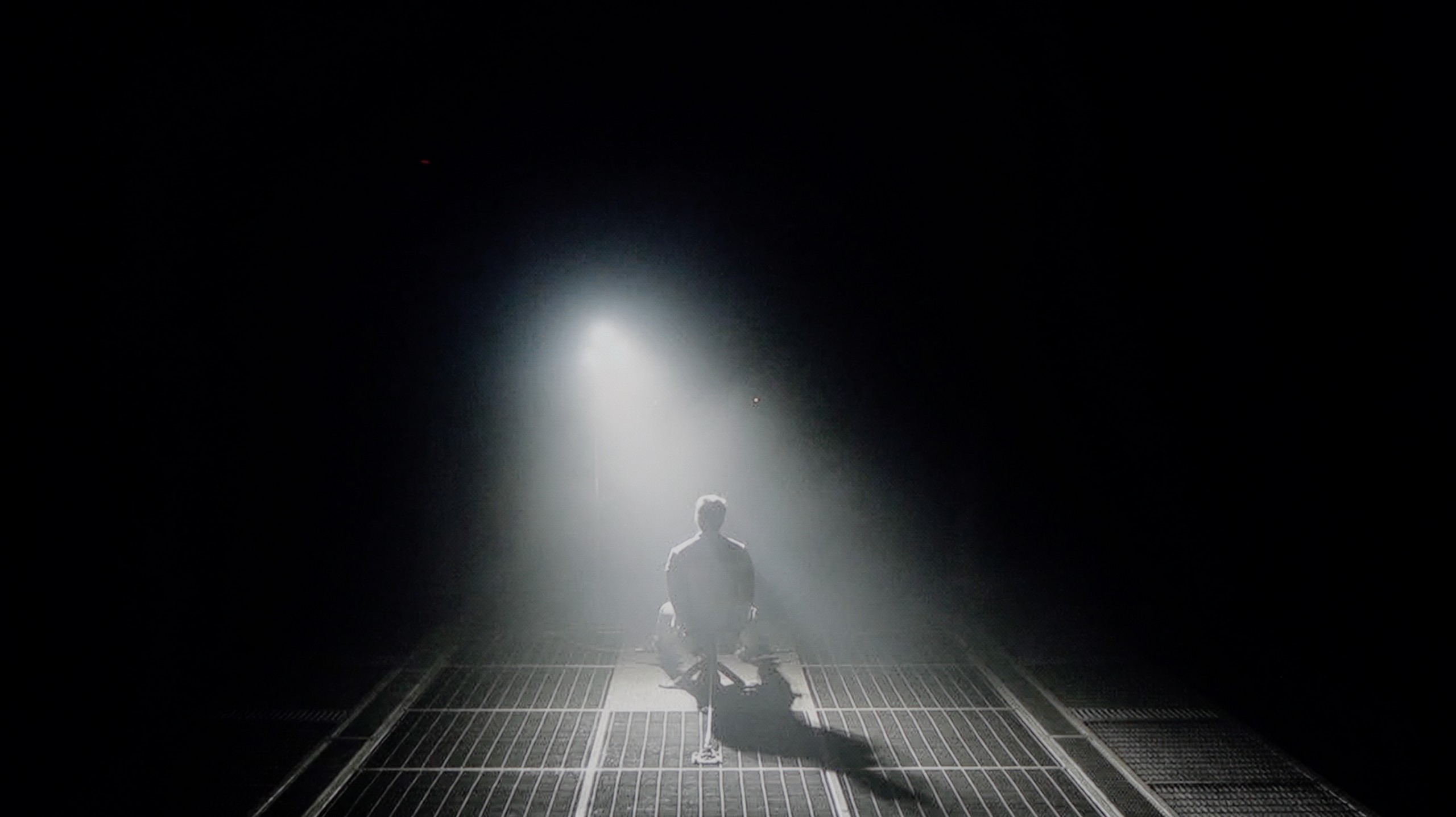
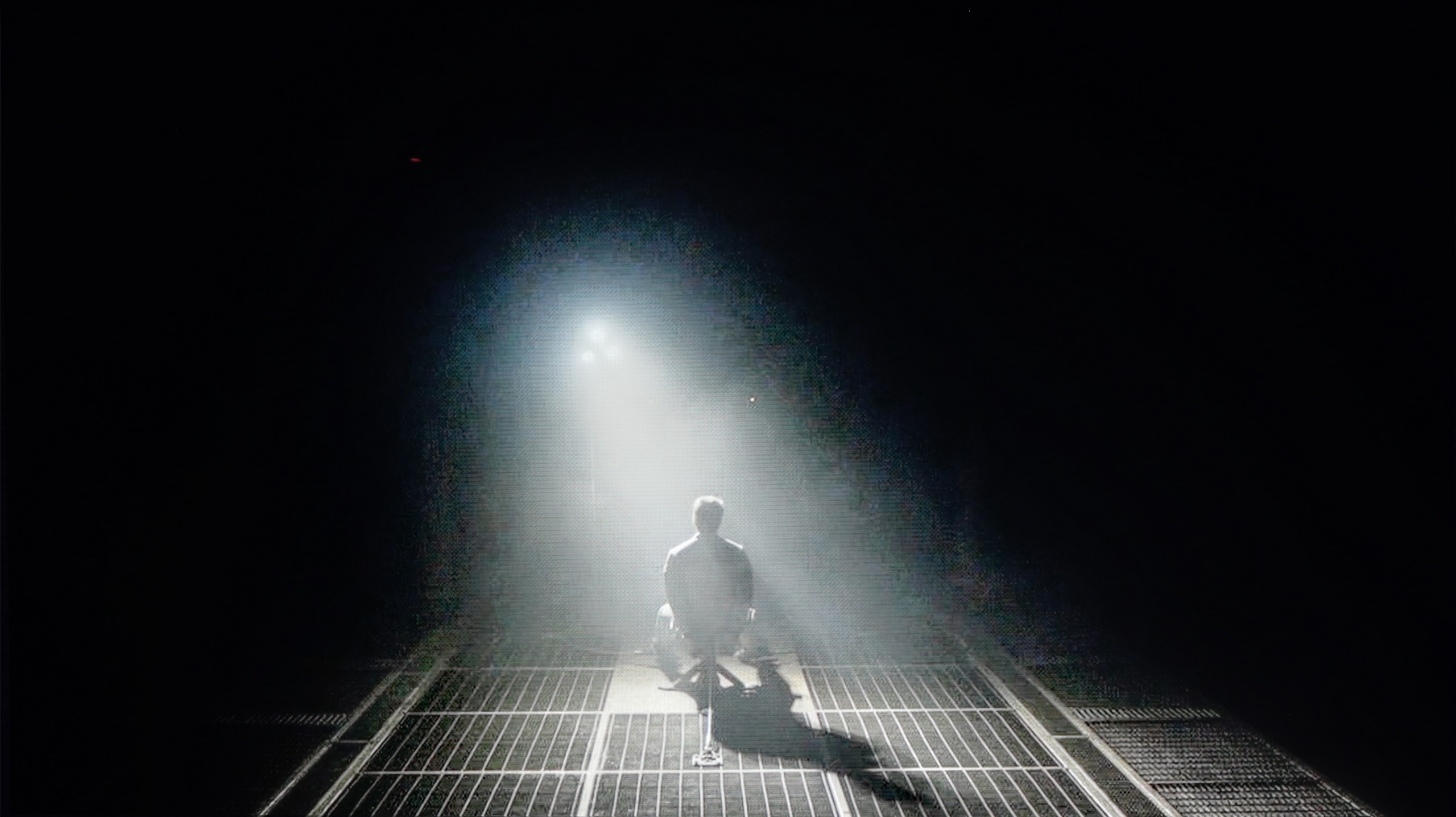
The QN70F is equipped with a VA panel that offers high native contrast – this is already a good starting point for blacks, especially for evening viewing. But theoretically, this does not end its capabilities. The television is branded as Neo QLED, which means the presence of Mini LED technology and a local dimming system. And indeed – the QN70F has such a function. The problem is that we are not talking about classical local dimming with LEDs placed directly behind the panel. Instead, edge lighting is used with a full-screen dimming mechanism known as global dimming. The effect of this is that instead of selective brightness control in individual zones, the entire screen is slightly dimmed when a dark scene appears. In practice, this means that the contrast is average compared to Mini LED models that offer true local dimming. The black level is not bad – it's thanks to the VA panel itself – but we cannot speak of precise light control that advanced systems with multiple zones provide. And here comes the question: is the QN70F series television really a Mini LED TV, or just a marketing variation on the Q70 series? Looking at the technical aspects – it is hard to consider this model a full-fledged representative of this technology. However, in everyday use, the black level looks decent and may be fully satisfying for many people.
Samsung Q8F uses an LCD VA panel, which immediately puts it in a good position in terms of contrast. By nature, such panels offer deeper blacks than IPS panels, and you can really see this effect here. On test patterns, the contrast maintained a range of about 4000:1 to even 6000:1, which in practice results in a surprisingly engaging picture, especially in a slightly dimmed living room. Of course, this is not the level of LCD screens with local dimming, let alone OLEDs — sometimes the black can shift to a shade of navy blue, and the overall image seems flattened. However, Samsung employs a simple trick: the so-called global dimming, which means dimming the entire screen when a lot of dark areas appear on it. The effect can be impressive but comes at the cost of losing some detail, which may not appeal to everyone. Despite this, the Q8F still presents itself significantly better than televisions with IPS panels, offering solid contrast and blacks that can draw you into the cinematic atmosphere.
HDR effect quality
5.6/10
5.2/10
Luminance measurements in HDR:

Result
619 nit

Result
449 nit

Result
500 nit

Result
422 nit

Result
483 nit

Result
473 nit

Result
417 nit

Result
457 nit

Result
210 nit

Result
471 nit
Scene from the movie “Pan” (about 2800 nits)


Scene from the movie “Billy Lynn” (about 1100 nits)


Static HDR10


Dynamic: HDR10+
Dynamic: HDR10+


HDR luminance chart:
Samsung Q8F
HDR luminance
Samsung Neo QLED QN70F / QN74F / QN77F
HDR luminance
QN70F is a TV that can positively surprise when it comes to brightness. In ideal test conditions, it reaches even 800 nits, which – for this price range – is really solid. Of course, that's a result from measurement test patterns, so we decided to check how it performs in practice, with real movies. Here, the TV somewhat tones down its capabilities. In most of the tested scenes – for example, in "The Meg" – the actual HDR brightness was around 500 nits. That's still a good result that allows you to enjoy HDR effects, although it is far from perfect. On the other hand, we have a QLED screen with a quantum dot layer, which means very good color reproduction capabilities. The colors are vivid and saturated. QN70F covers about 94% of the DCI-P3 color space, and in the wider BT.2020 gamut, it exceeds 75%, so in this regard, there's nothing to be ashamed of.
In terms of brightness, the Samsung Q8F performs surprisingly well for a television without local dimming. It measures up to 500 nits, which practically means that most movie and series scenes look pleasant, and it definitely cannot be accused of lacking the "HDR effect." In films like Life of Pi or The Meg, the screen was able to glow and deliver light effects at a satisfying level. It struggles more during challenging moments—with dark frames containing single bright points. The global dimming used causes the television to darken the image to maintain deep blacks, but at the cost of detail brightness. This is clearly visible in the scene from Sicario 2, where the helicopter lights dropped to around 200 nits. This is a conscious design decision that gives the impression of deeper blacks but somewhat takes away from the brilliance of individual elements, and this should simply be kept in mind. When it comes to color reproduction, the Q8F utilizes quantum dot technology, which broadens the color range. A DCI-P3 coverage of 91% can be considered a decent result, although it is not a record-breaking achievement compared to other QLEDs.
Factory color reproduction
7/10
4.6/10
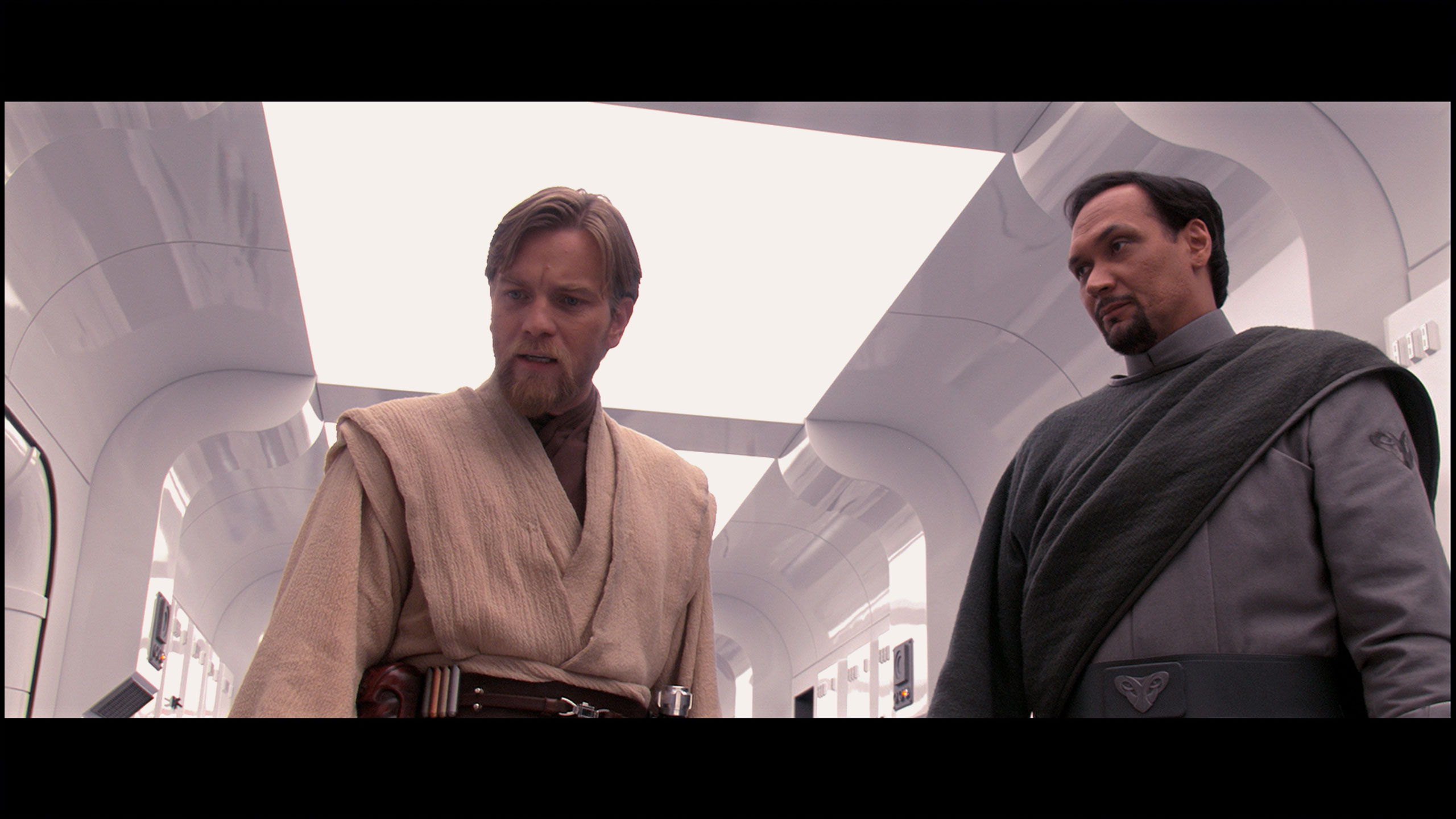

Factory Mode
After calibration
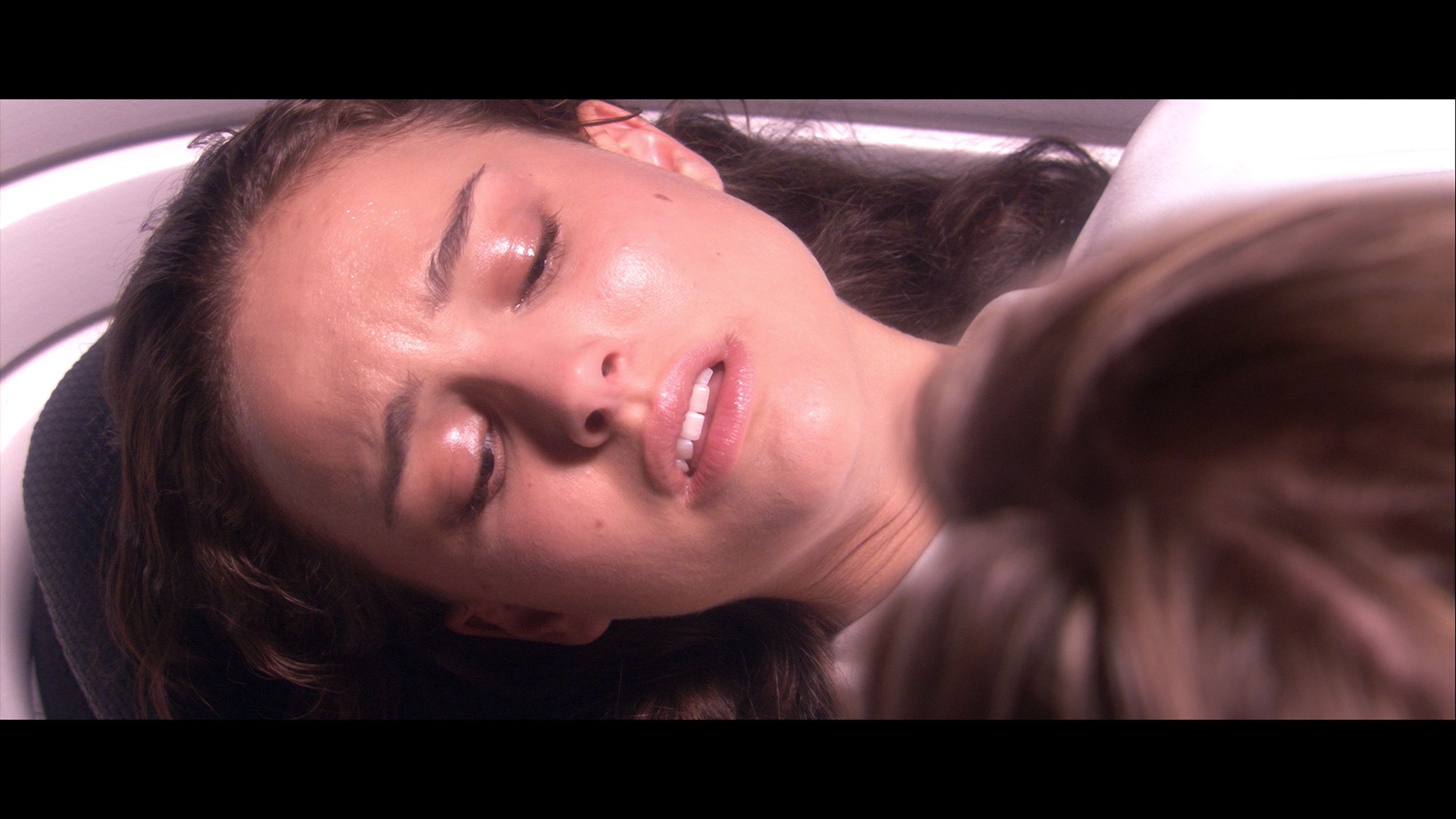
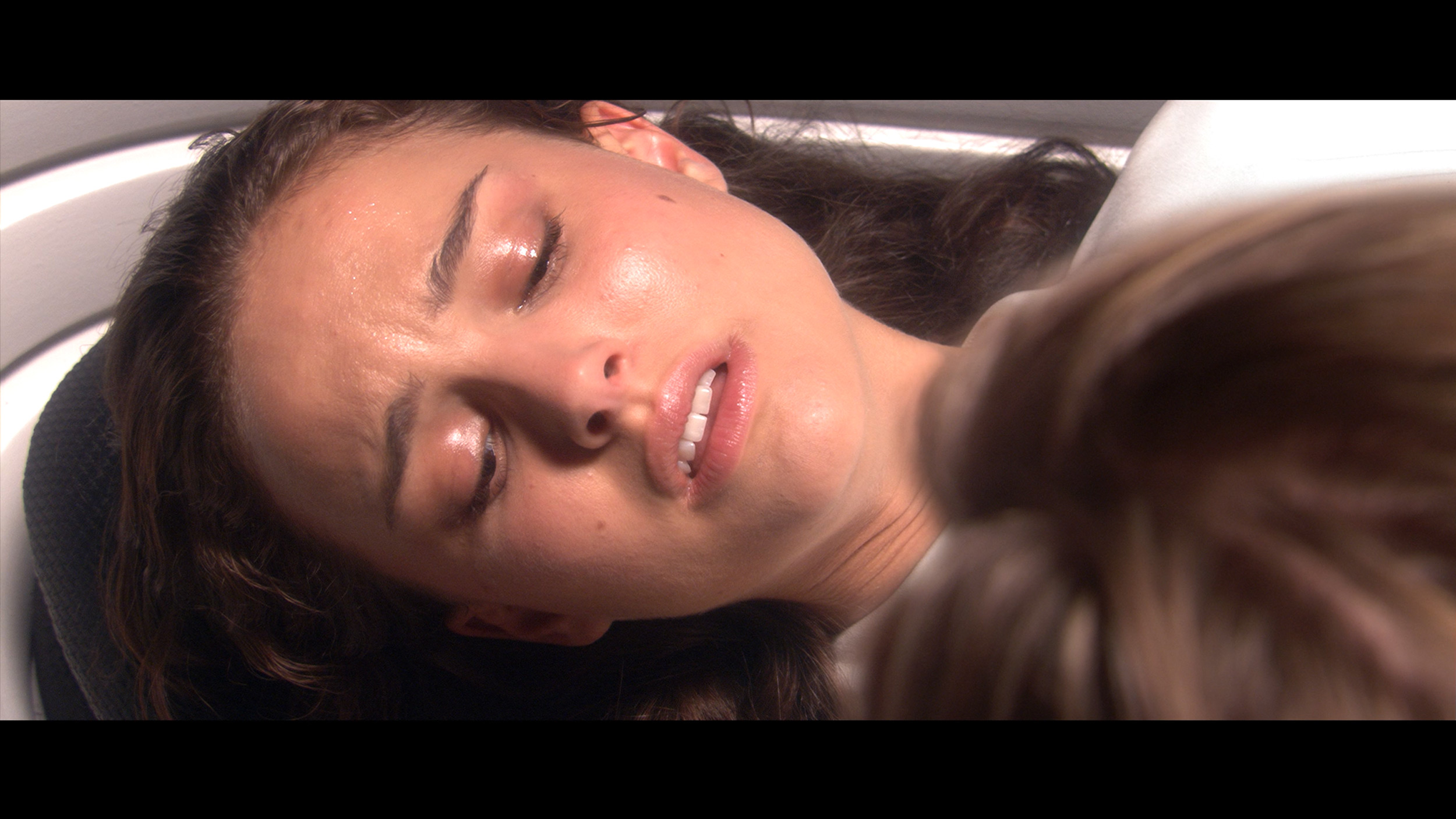
Factory Mode
After calibration
We tested the QN70F in the best default picture mode, which is Filmmaker Mode. It must be said that in this particular test unit, the factory settings performed quite well. The picture was calm, natural, and despite minor deviations, pleasant to perceive. The biggest flaw was a slight dominance of red in the white balance, which caused a slight pinkish tint to the entire scene. However, this was not a glaring flaw – rather subtle and only noticeable when directly compared to a properly calibrated screen. A somewhat larger issue appeared in the brightness characteristic. The television tends to understate the brightness of parts of the image that should be displayed more brightly. As a result, some details can appear slightly dimmed – not so much lost entirely, but not as clearly pronounced as they should be. Nevertheless, as far as a television in this category and in these settings goes, we consider the result to be a good starting point for further calibration.
We decided to check the Filmmaker mode because it provided us with the best picture right out of the box. However, this does not mean it was perfect. The white balance had too much blue and red tint, causing the white to take on a slight purple-pink hue. Such an imbalance affected the visibility of practically all colors, as can be seen in the comparison photo below. The brightness characteristic in SDR content was quite well adjusted, although in HDR materials, we noticed that the television did not always manage its global dimming—at times, the screen was too dim, while at other times it suddenly brightened. Fortunately, issues related to colors can be effectively corrected with calibration tools, so we decided to get to work.
Color reproduction after calibration
8.5/10
7.8/10




After calibration, the QN70F shows that it can offer a really high level of color reproduction. It nearly perfectly balanced the white point, and the values in the Color Checker test dropped below 3 – that is, below the threshold at which the average eye can perceive differences. The image looks natural, and the colors are accurately represented, without excessive saturation or the coolness known from factory settings. It must be said that Samsung provides very extensive calibration options – not only for enthusiasts but also for professionals. The QN70F takes advantage of this potential and, after proper adjustment, can come close to much more expensive models in terms of color accuracy. The only thing one could still criticize is the brightness characteristics. There is still a tendency to brighten the smallest parts of the image – particularly those that should remain darker. However, this is a design feature of this model, not a calibration error. Despite this, the final effect definitely deserves recognition.
After calibration, we managed to correct the white balance almost to perfection. Older SDR content looks stunning — most errors are within a threshold of 2, which is definitely below the human eye's perception limit. In HDR, we also brought the white balance to the correct level, but a different problem arises here. So why are there still relatively large errors in color reproduction? This is mainly due to the limited color palette and the way the television manages brightness. The applied global dimming technique does not give the user control in the settings, so when analyzing the EOTF curve in HDR films, it is clear that the Q8F can independently modify luminance. This can be considered a certain limitation, but despite this, the image after calibration is still much more enjoyable than in the factory version.
Smoothness of tonal transitions
9/10
9/10
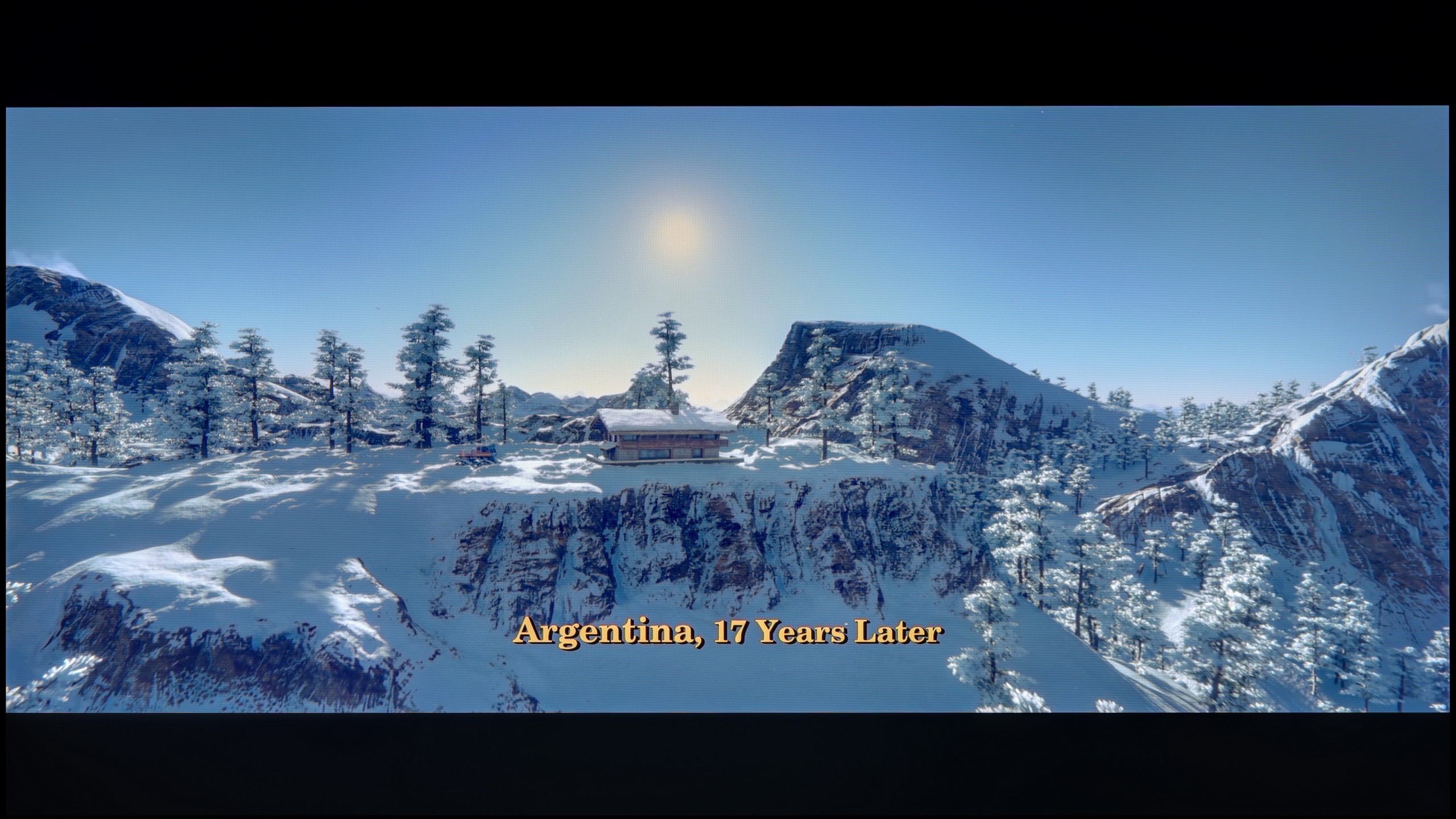



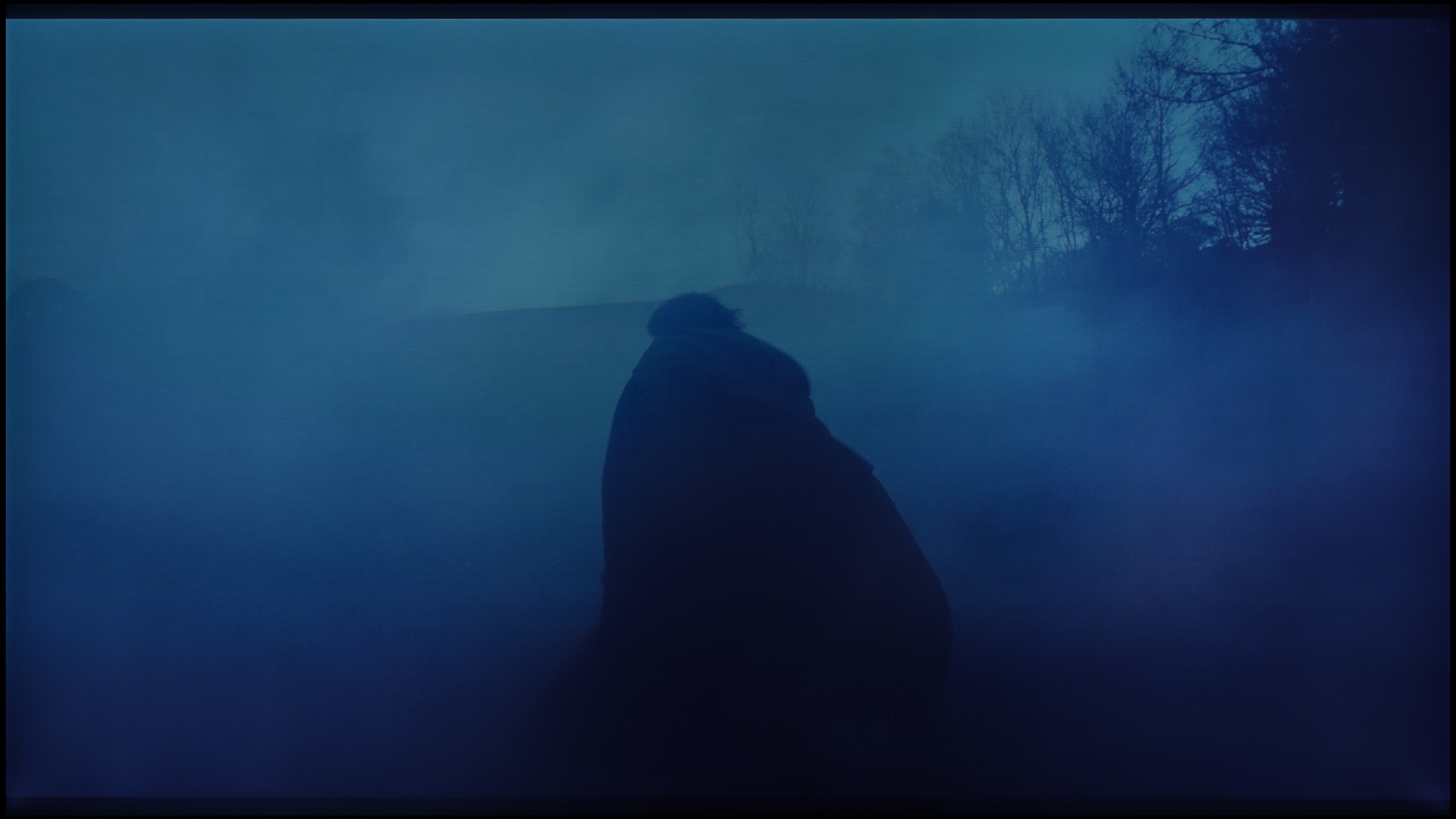
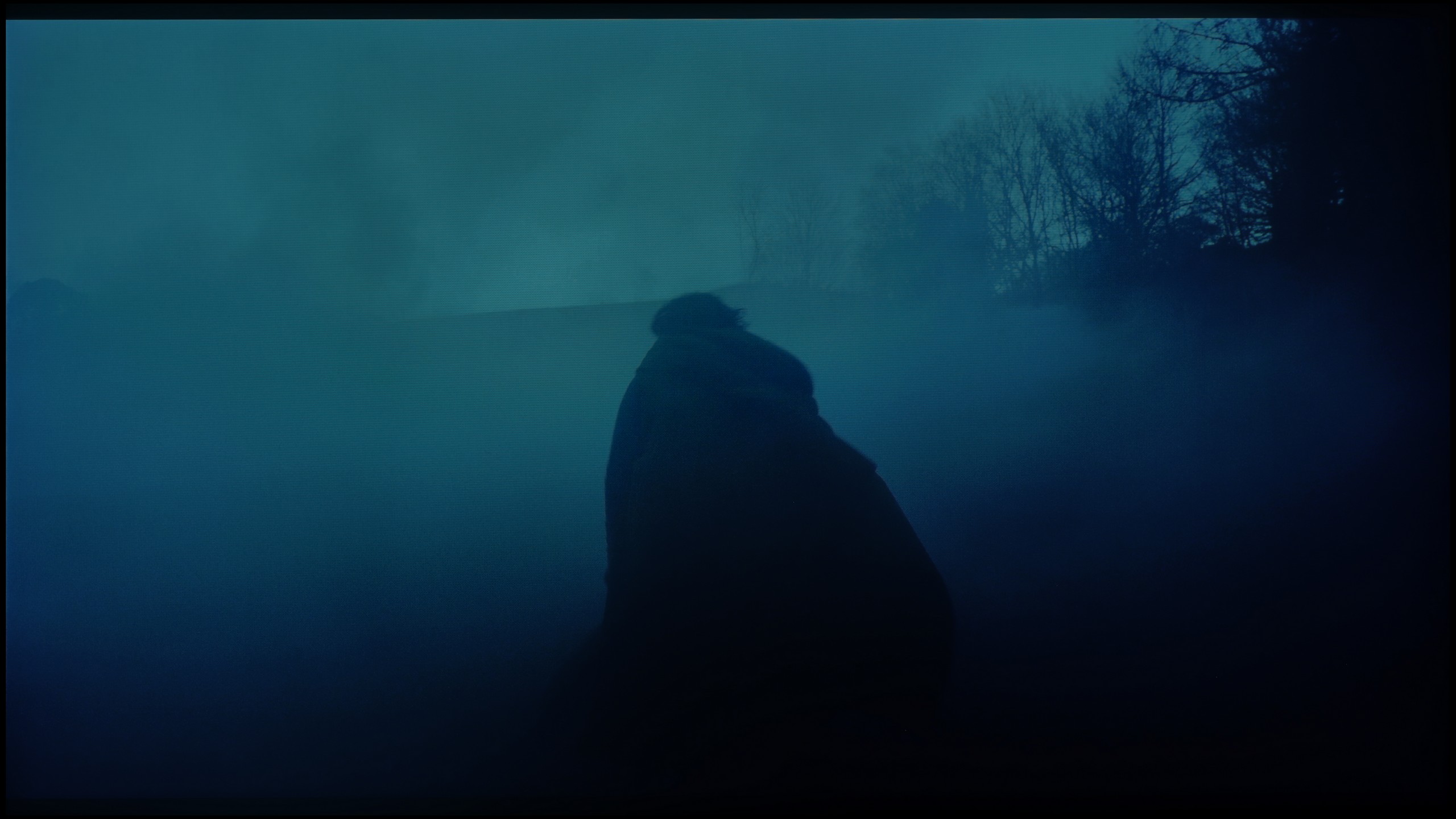






In terms of tonal transition fluidity, the QN70F performs really well. The gradients are smooth, and the colors blend into each other without noticeable thresholds or banding. Even in more challenging film scenes – especially very dark ones – any imperfections are minimal, and you really have to focus to notice them. In everyday viewing, most users should not encounter any issues with color blending. The image looks clean and coherent, without artificial smoothing or distortions. This is another aspect where the QN70F pleasantly surprises.
The fluidity of tonal transitions in the Q8F is really very good. The TV blends colors very nicely, both in bright segments of the sky and in darker shots, where "steps" in color can easily be visible. Yes, there are occasional errors, but you have to look closely to catch them. In practice, while watching movies or series, the picture looks cohesive and is not distracting with any artifacts. Therefore, the rating in this category had to be high. 😉
Image scaling and smoothness of tonal transitions
6.9/10
5/10
Smooth transition function
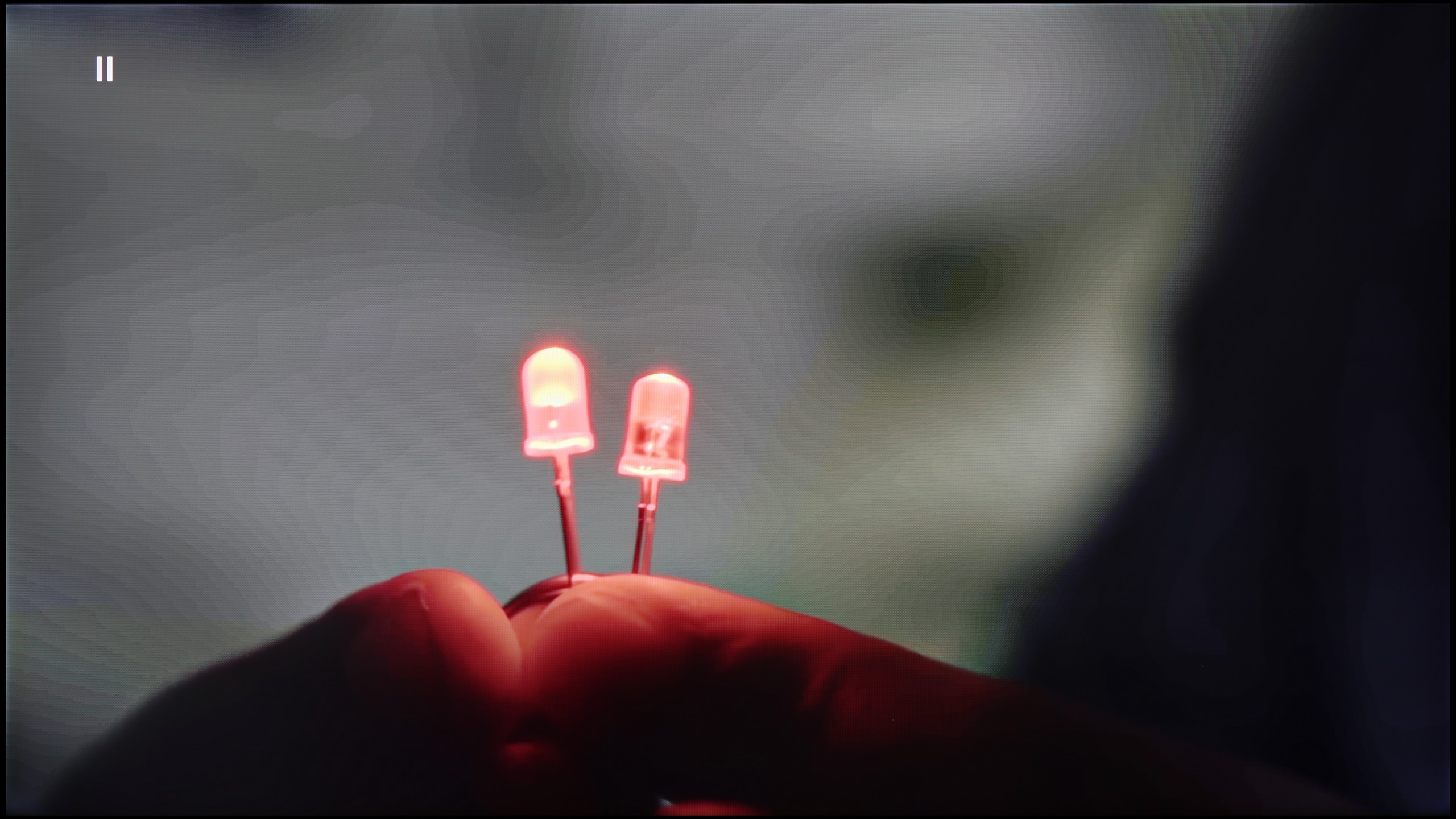
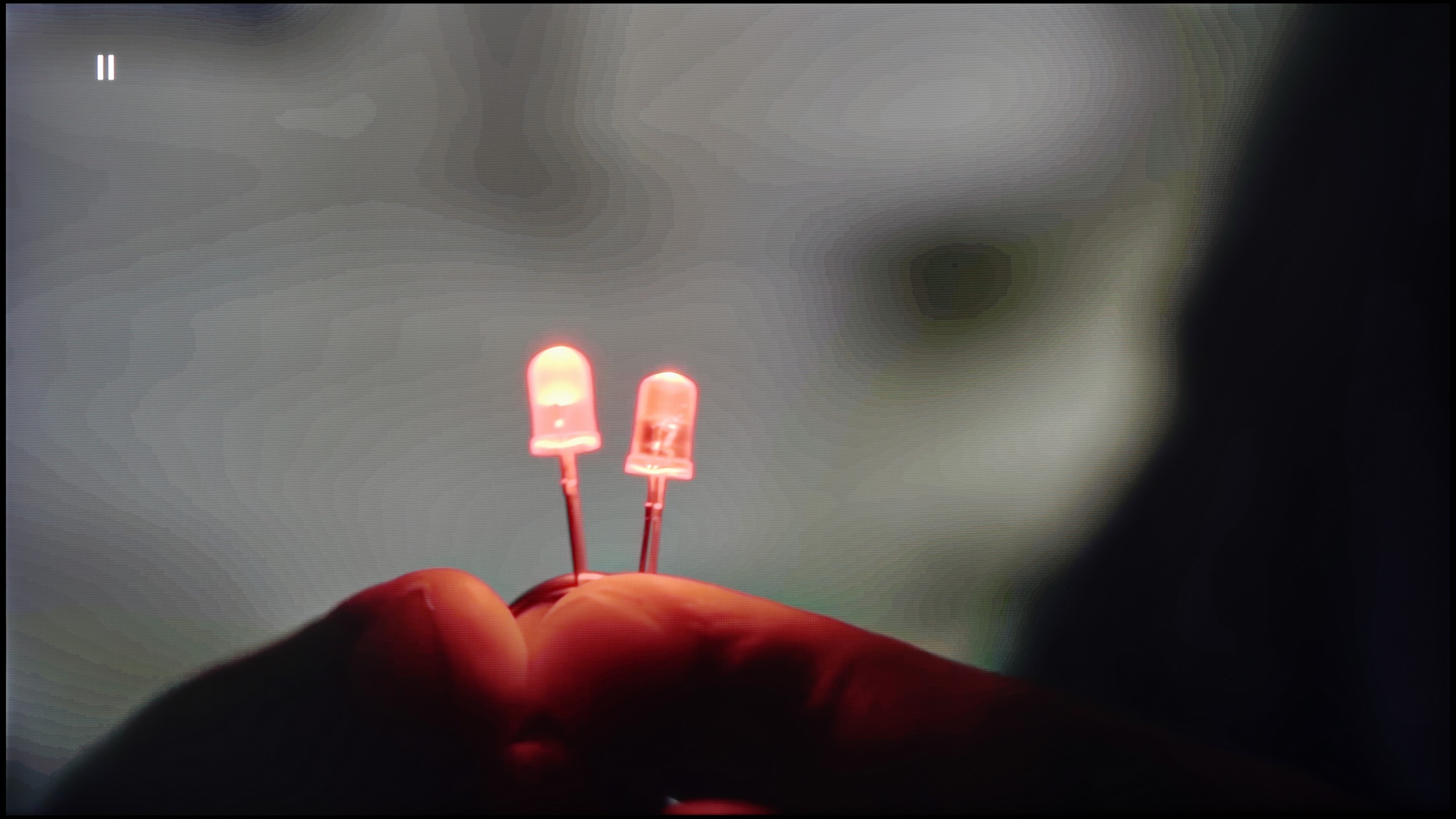
Image without overscan on the SD signal
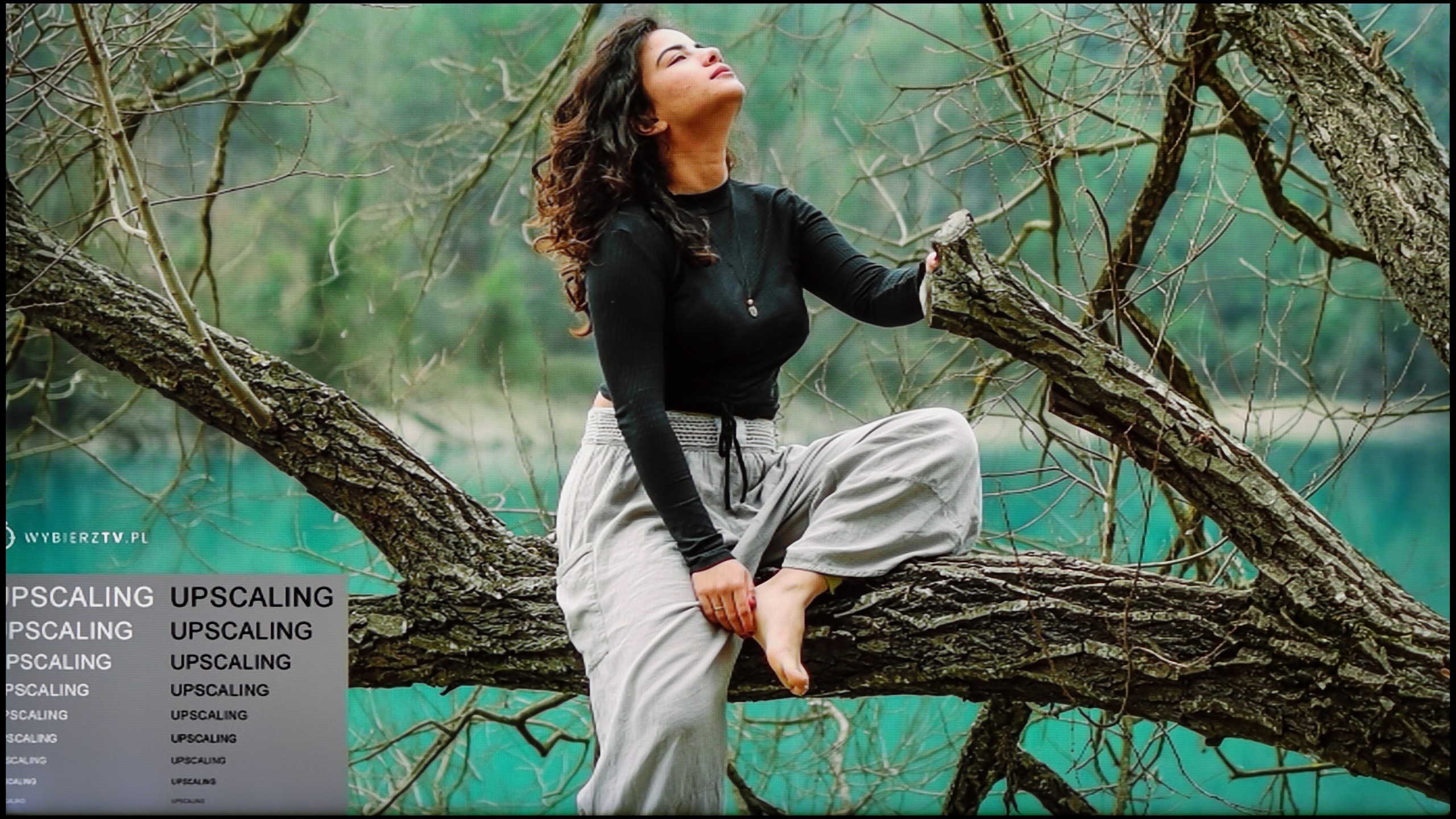

Samsung QN70F offers a distortion reduction feature that improves the smoothness of tonal transitions. In "Standard" mode, it works quite well - smoothing problematic transitions without significantly interfering with the image structure. Film grain is partially removed, but details such as texture or skin structure still remain visible. The "High" mode operates much more aggressively. The smoothing is stronger, but it comes at the cost of a noticeable loss of detail. Therefore, in practice, we recommend sticking with the "Standard" setting or completely turning off this feature. The improvement in gradation may be less spectacular, but the image retains more naturalness.
When it comes to scaling low-quality content, the QN70F performs very well. Tests with lower resolution images were really impressive. Despite slight aliasing of contours, everything looks clean and clear, even if the original content was very poor. It's just a shame that the TV has an overscan issue that cannot be completely turned off. As a result, the image from very low resolution may be slightly cropped, which is mainly visible on subtitles or the interface.
Let's see how the Q8F handles older content, which often has poor quality. Let's start with the positives: the upscaling, which means raising the image to a higher resolution, works really well. The TV handles both classic television and materials from YouTube without giving the impression that we are dealing with something completely unattractive. Materials in very low resolutions, such as 576p, perform worse — the image can be cropped, and unfortunately, the overscan phenomenon cannot be turned off. However, the digital processing itself looks worse too. The noise reduction function, instead of removing unwanted interference, smooths out almost everything: film grain (which is desirable for many viewers) disappears along with the texture of the image, and the faces of the actors begin to resemble characters from cheap Turkish soap operas. It is therefore hard to consider this option useful — it's best to leave it completely turned off. Perhaps Samsung will refine the operation of this feature in updates, but for now, it’s difficult to regard it as anything other than an unnecessary addition.
Blur and motion smoothness
7.5/10
4.5/10
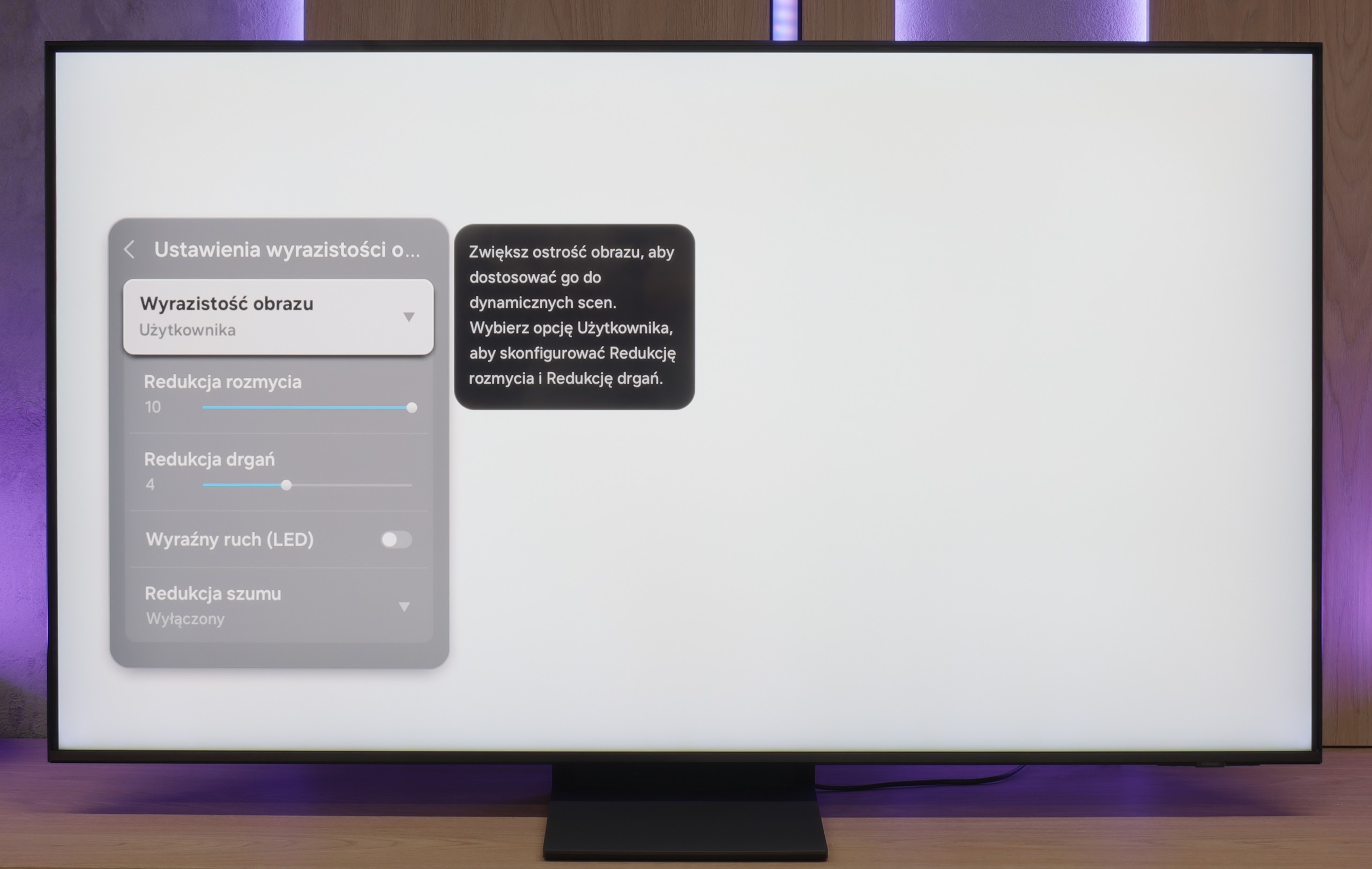
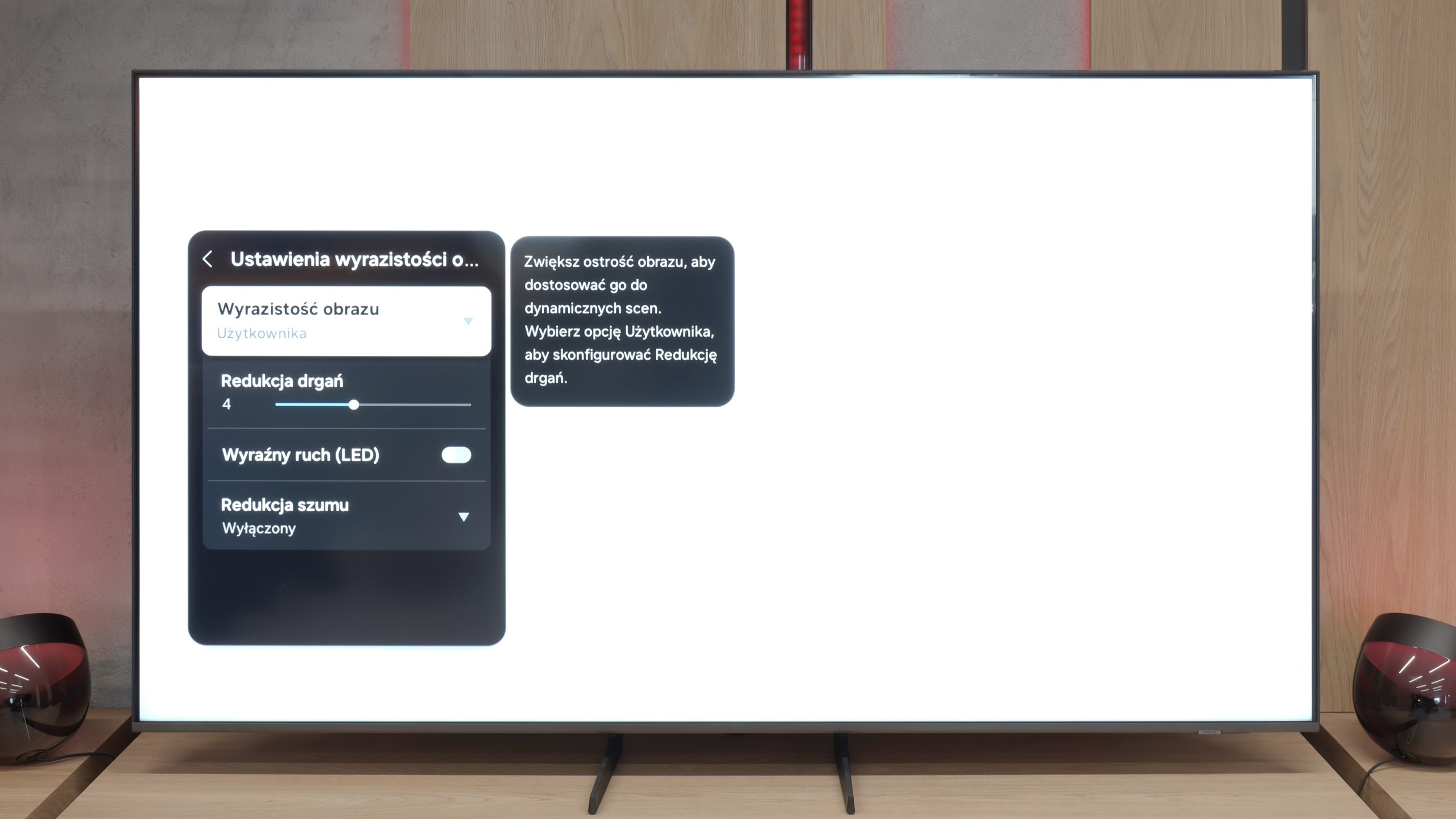
Blur (native resolution, maximum refresh rate):

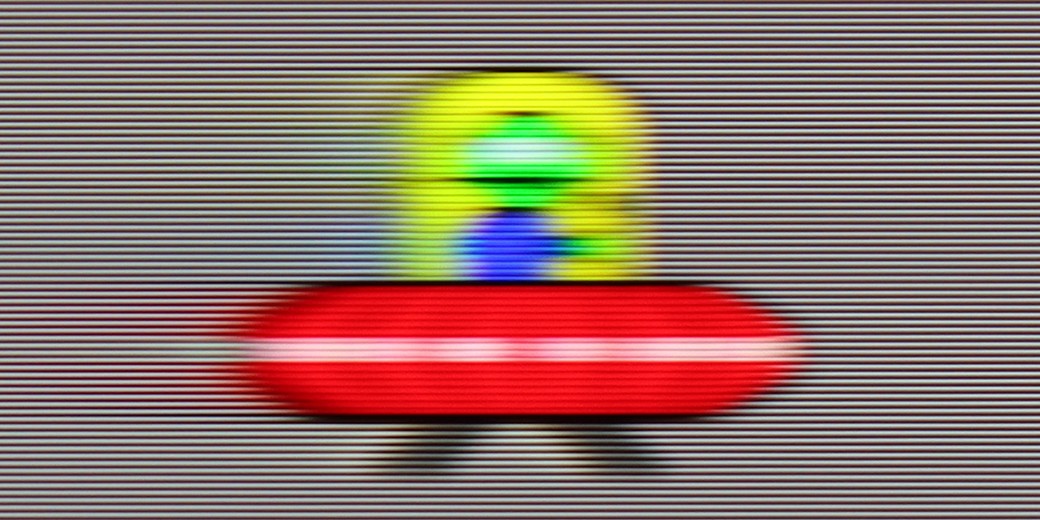
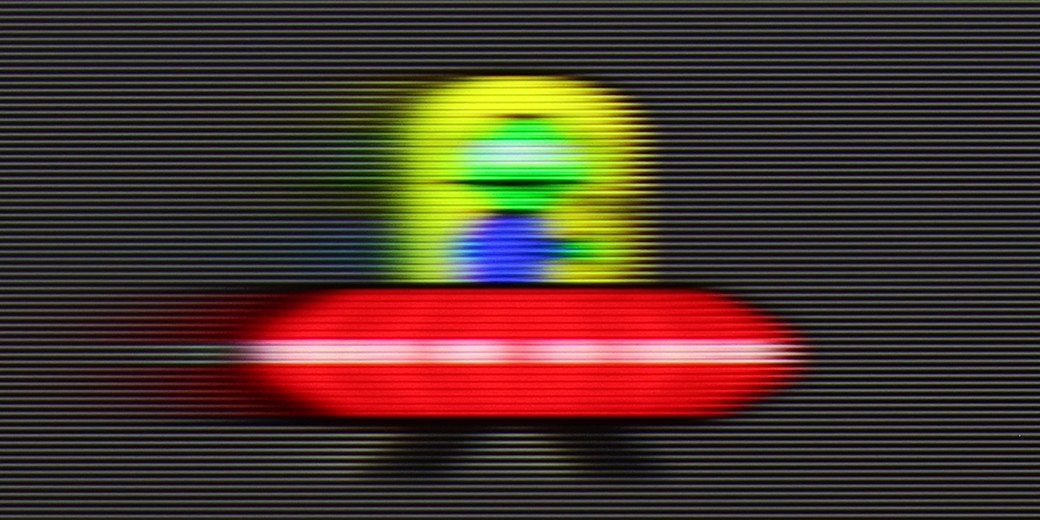
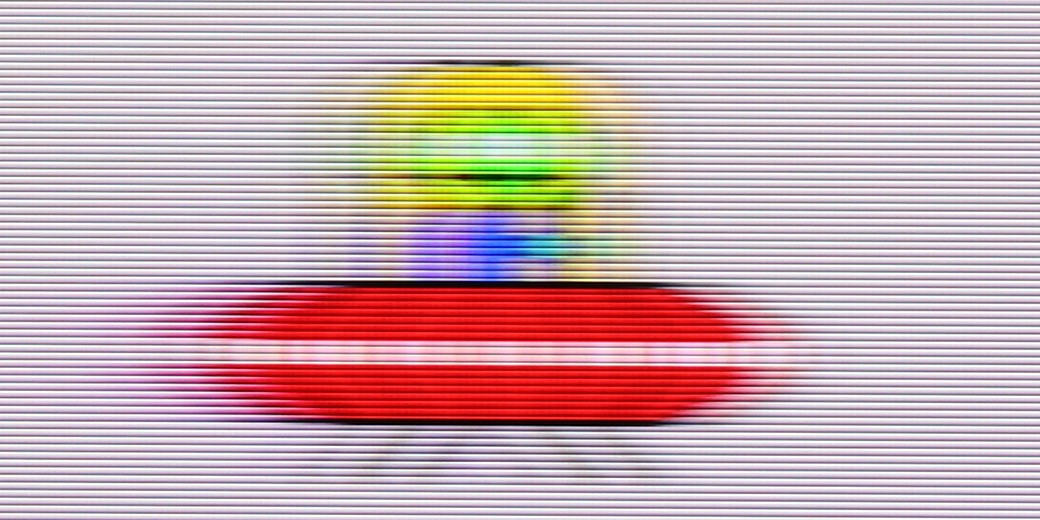
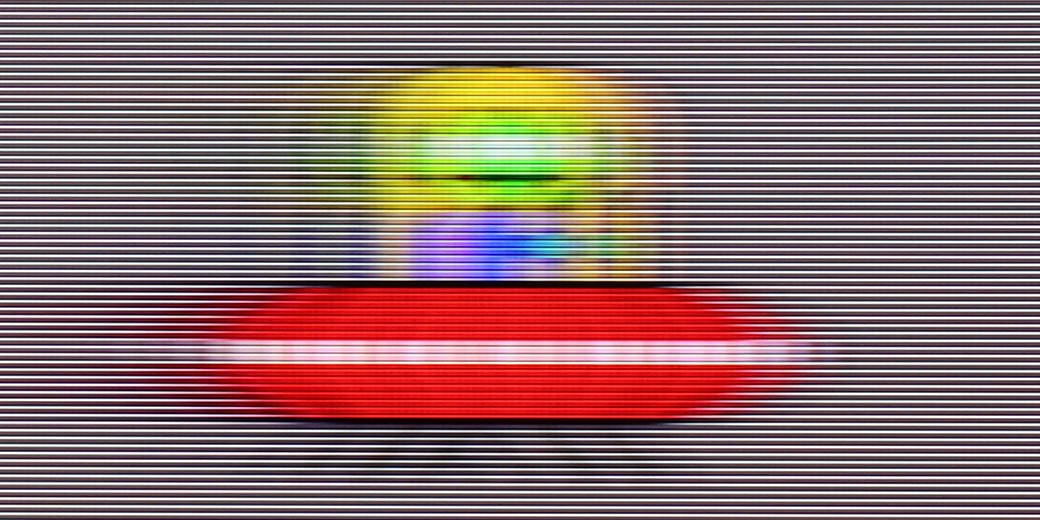
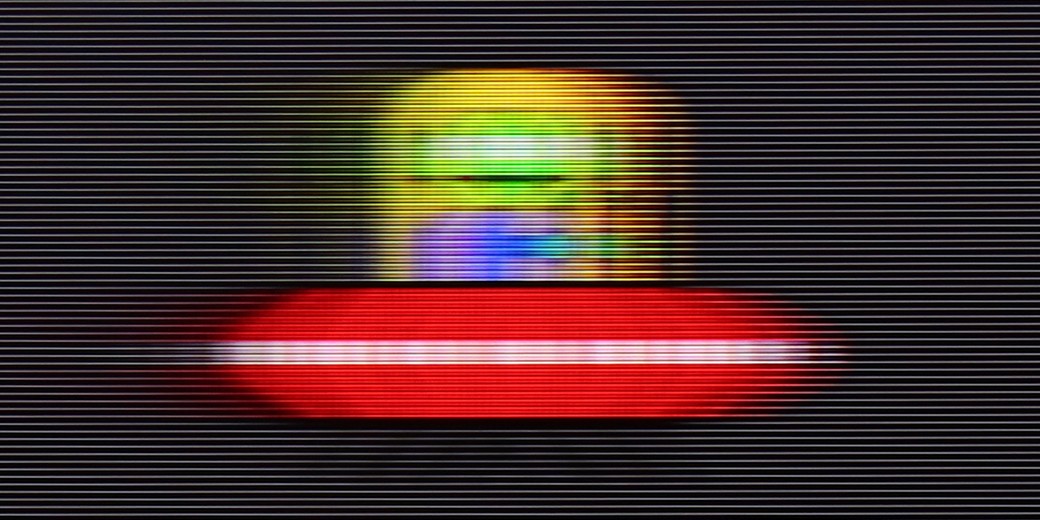
Blur (BFI function enabled):
Image flickers in this mode






Smużenie (4K 144Hz):

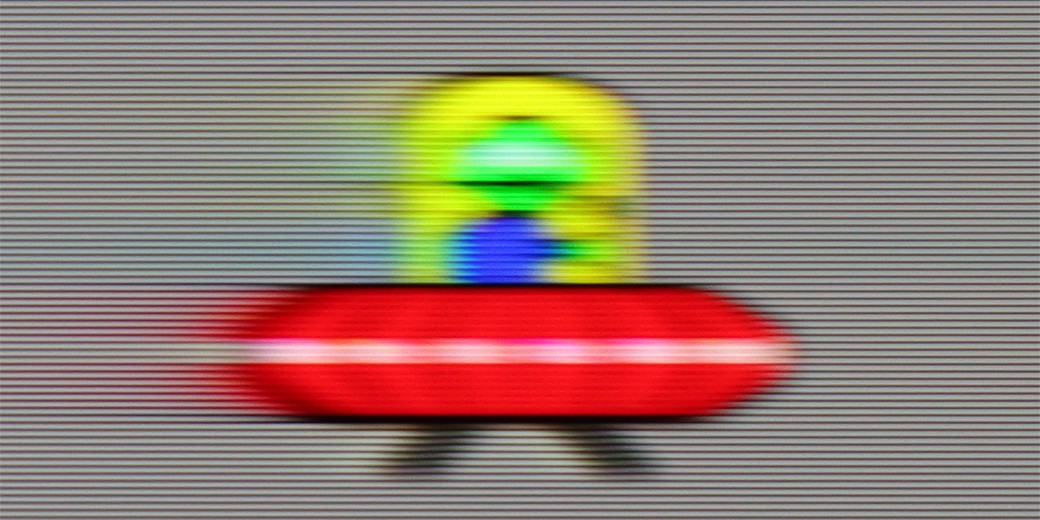
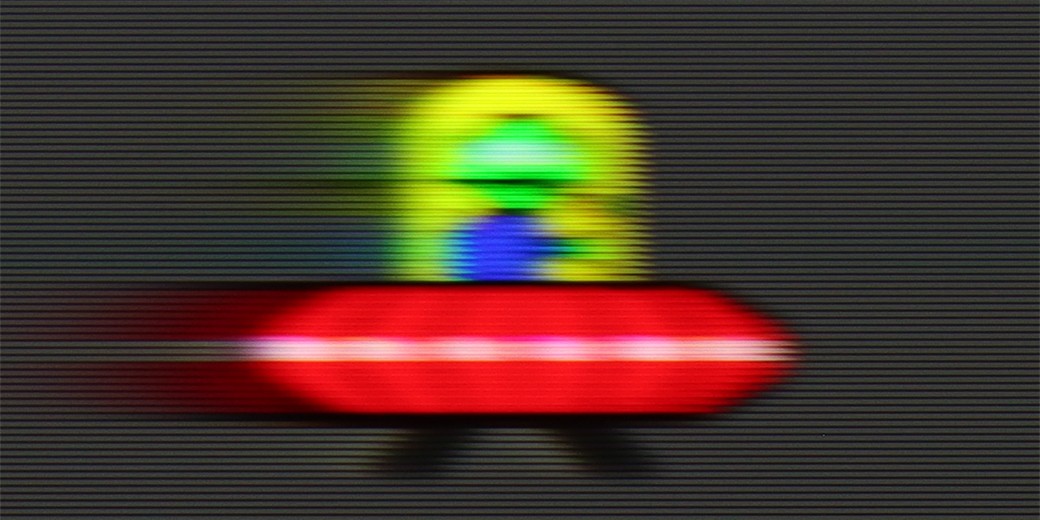
Smużenie ():
The QN70F is a television with a refresh rate of 144 Hz, which puts it at the forefront in terms of image smoothness. Whether we are watching dynamic sports broadcasts or playing on a console, the picture looks very good. There is no feeling of stuttering, chopping, or the typical "tearing" in fast motion that is common in lower-end models. Samsung also allows you to adjust the smoothness to your own preferences. In the picture clarity settings, we find options such as blur reduction and motion smoothing – each of which can be adjusted independently. This is especially useful when watching content with a lower frame rate and we want to give it a smoother, more cinematic character – or on the contrary, maintain the natural film "feeling" of 24 frames.
Due to the 60 Hz panel, it's hard to call the Q8F a television made for gaming or watching sports. The panel isn't particularly fast, making motion blur clearly visible. If you were counting on spectacular, almost "stadium-like" experiences during broadcasts, you might feel a slight disappointment. Fortunately, in the case of movies and series, Samsung has not abandoned motion smoothing features. This is nothing other than a motion smoother that allows improving the fluidity of productions recorded at 24 or 30 frames per second. Thanks to this, one can decide whether they prefer a smoother, "television" image or to maintain a cinematic quality. It all depends on the viewer's preferences, and the ability to adjust this parameter is undoubtedly a plus.
Console compatibility and gaming features
8.2/10
3.7/10
- ALLM
- VRR
- VRR range48 - 144Hz
- Dolby Vision Game Mode
- Correct implementation of HGIG
- 1080p@120Hz
- 1440p@120Hz
- 4K@120Hz
- Game bar
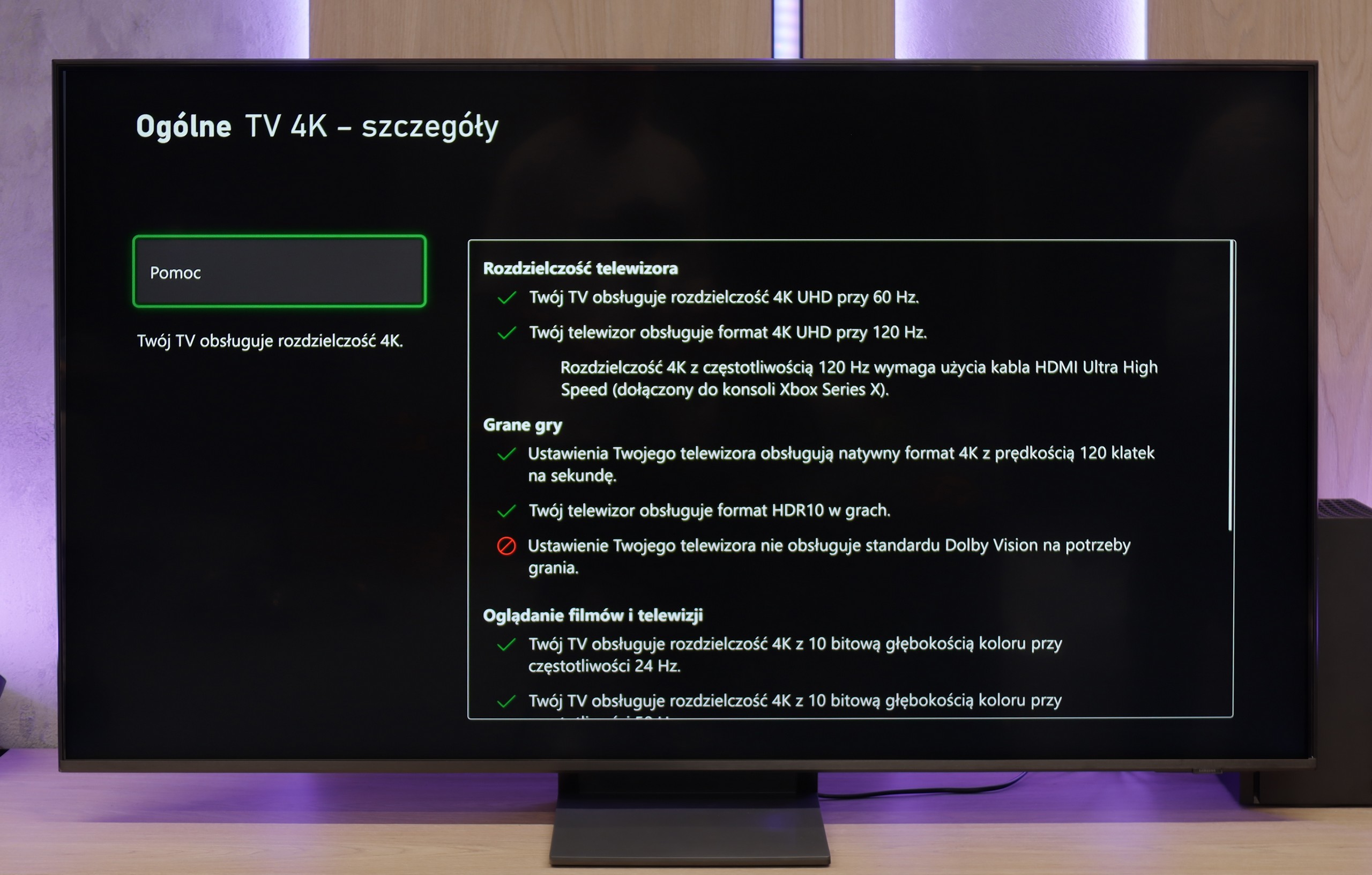
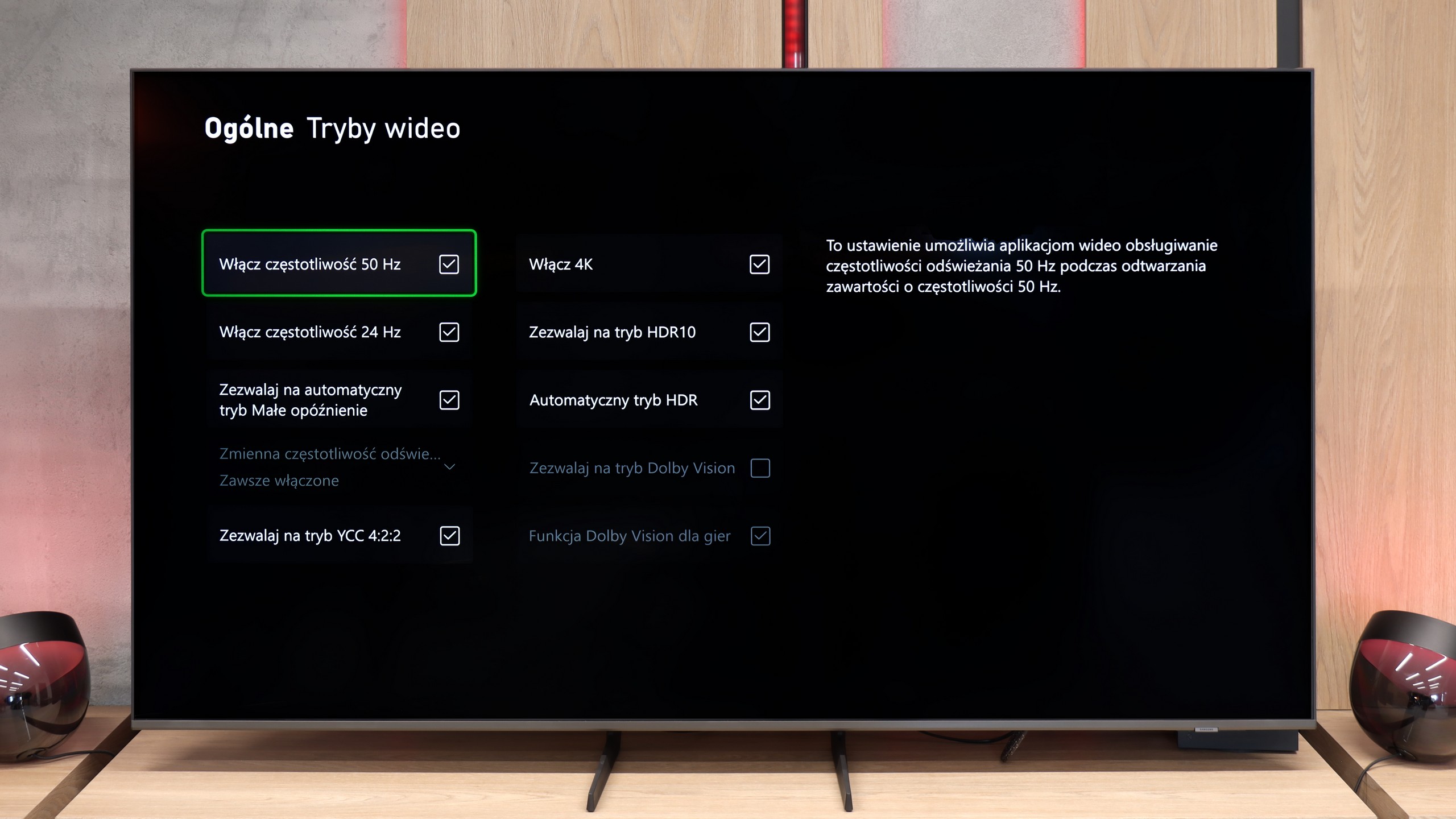
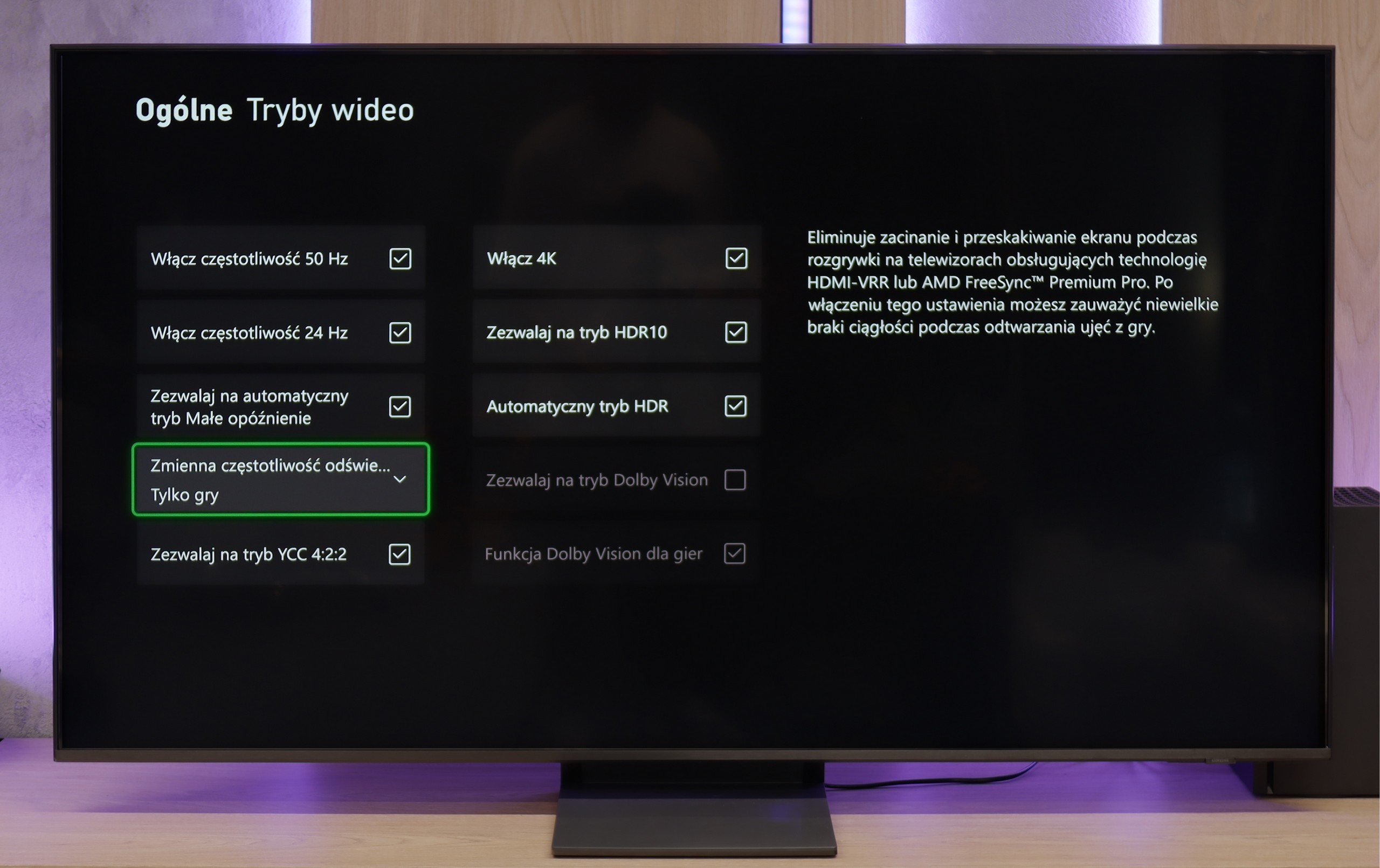
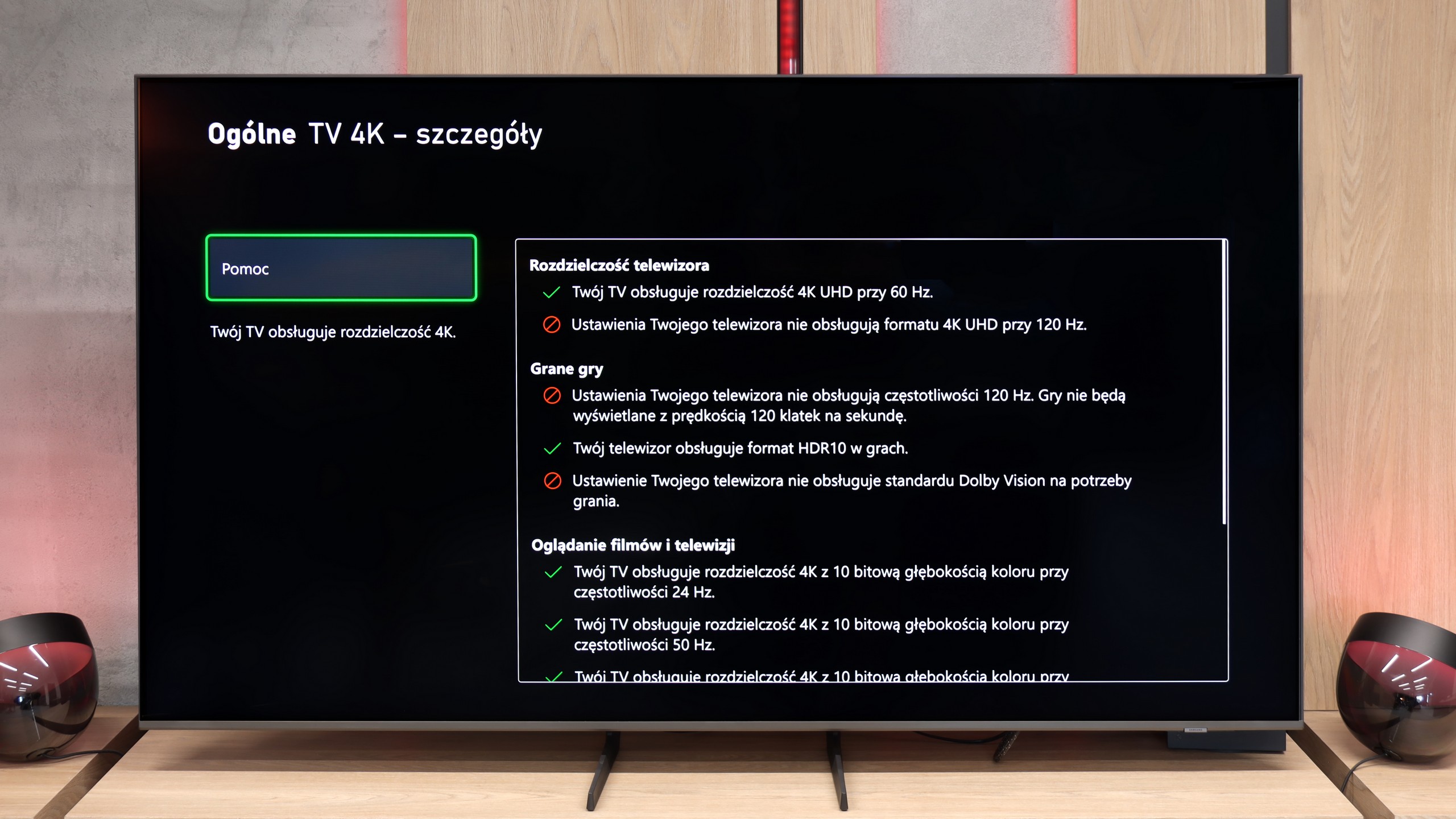
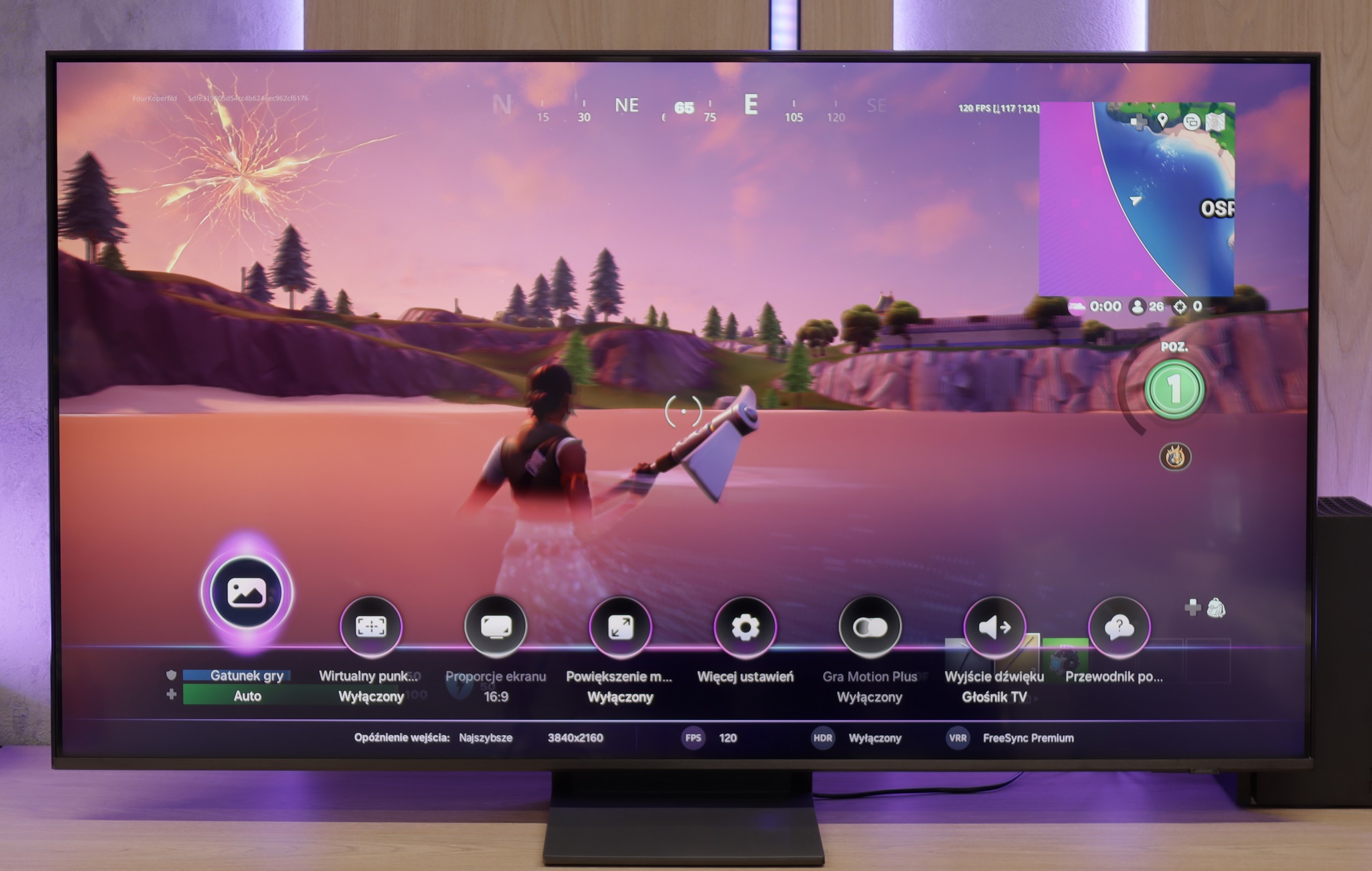
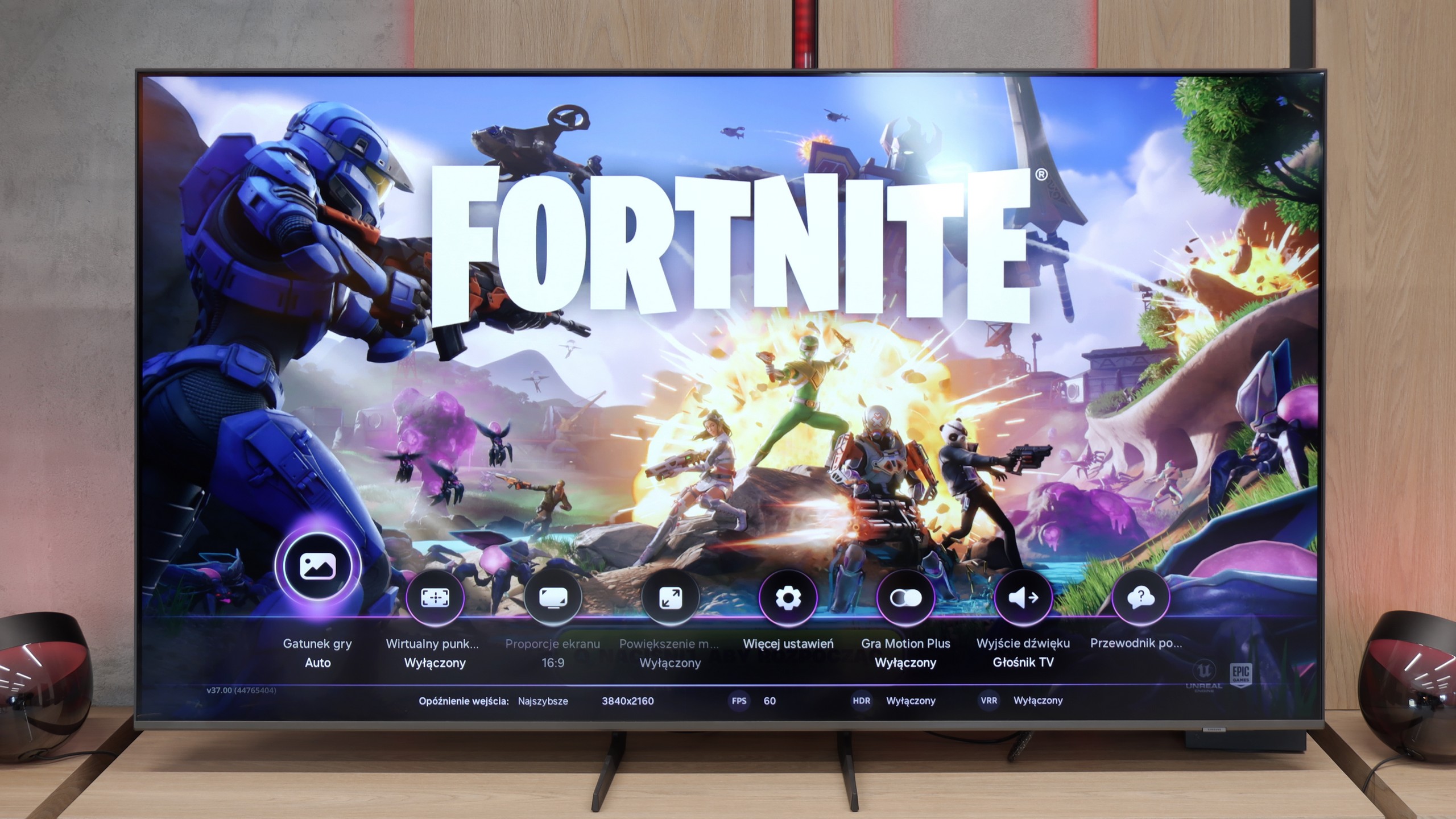
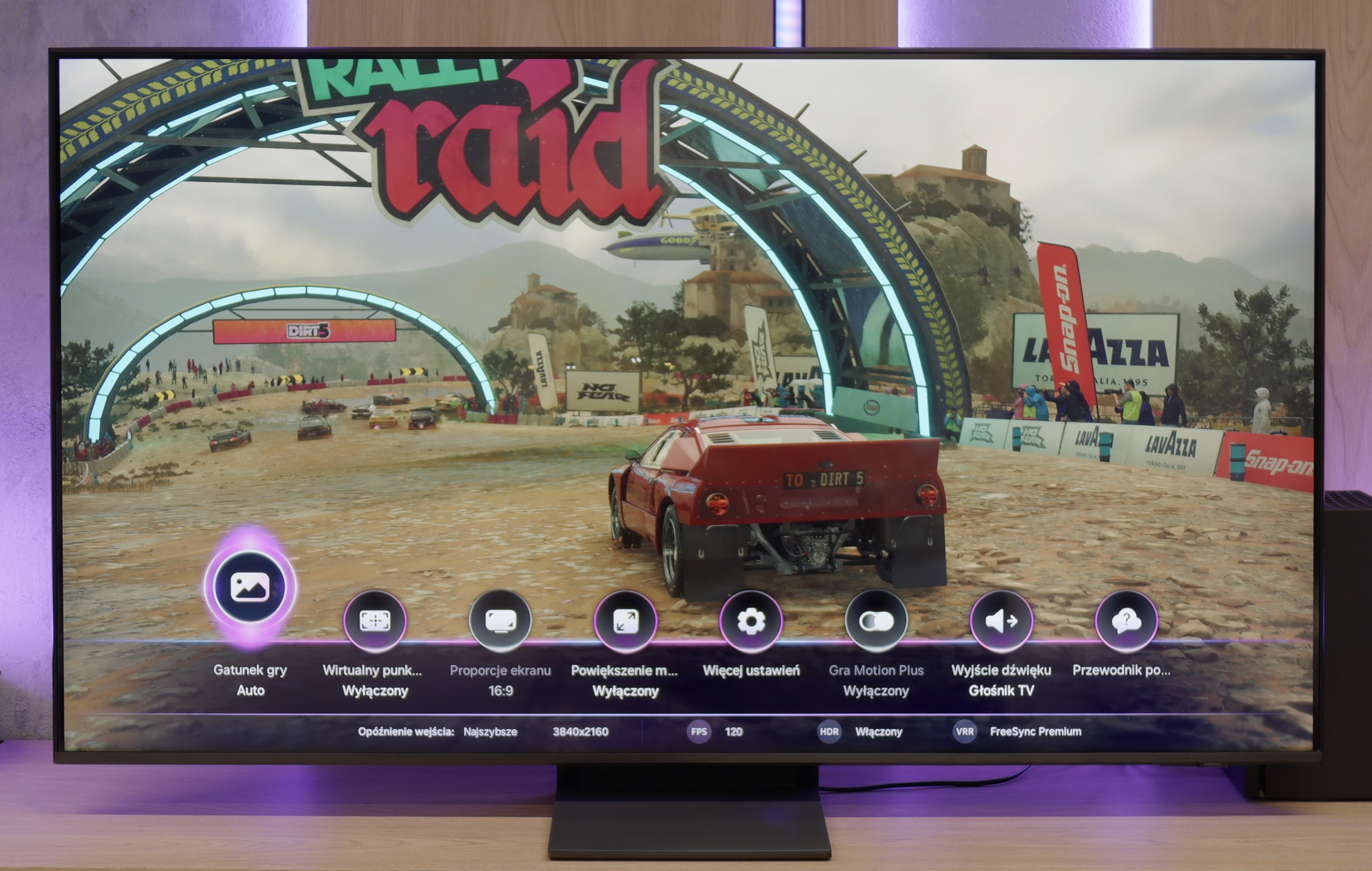
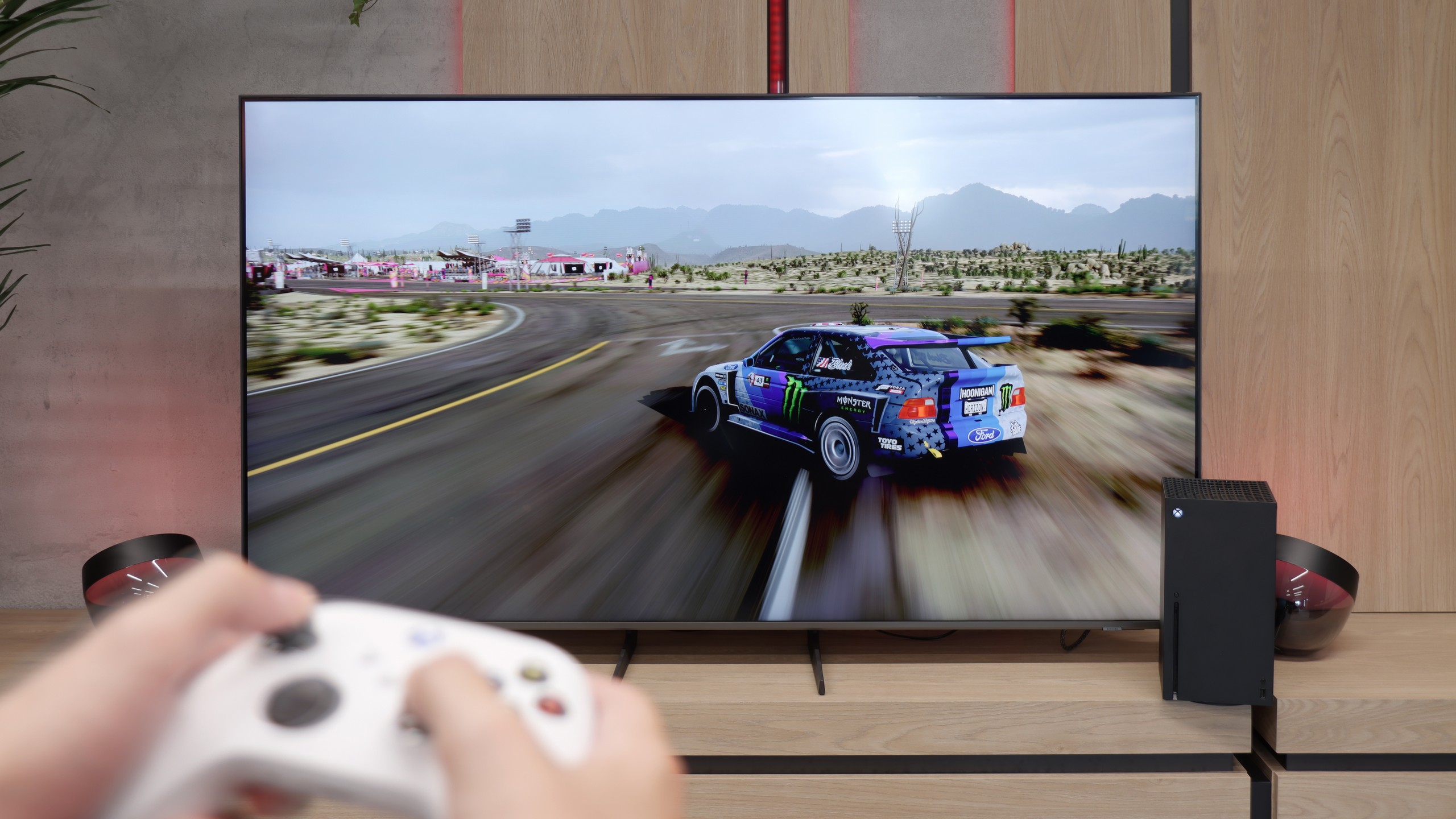
Samsung QN70F is truly a solid choice for gamers. Here we have as many as four HDMI 2.1 ports with full bandwidth of 48 Gbps, which means full support for gaming in 4K at 144 Hz refresh rate. In addition, we have all the basic features we expect today: auto low latency mode (ALLM), variable refresh rate (VRR), and a very well-designed, intuitive Game Bar with information about the mode, resolution, and frame count.
It's also worth highlighting the Game Motion Plus feature, which allows you to add artificial frames to games running at 60 fps or less. It works surprisingly well and in many titles – especially those where consoles struggle to maintain a stable framerate – it improves gameplay smoothness without significant lag.
Unfortunately, there are also some drawbacks. The lack of support for Dolby Vision mode is not surprising – it's a standard for Samsung. But the much bigger disappointment is the absence of the HGiG feature. What's worse, it was removed in a software update, leaving users who previously used it quite shocked. Without HGiG, you can't manually set the maximum HDR brightness from the console, which results in some games looking slightly washed out – especially if the TV misinterprets the tonal range. Why did Samsung, a brand that has set standards in gaming features for years, decide to take such a step? It's hard to say. At the time of writing this review, the tested TV was running on software version 1110 – and frankly, if you care about full support for gamers, it's better to temporarily hold off on updates.
It is not entirely clear what Samsung has mixed up this year with its televisions, but the Q8F is not free from all the confusion with updates and shortcomings. While its older cousin, the Q67D, could still be recommended to casual gamers with a clear conscience, it's hard to find a reason to do so here. Aside from the automatic game mode and the attractively designed Game Bar, we practically get nothing that could attract gamers. The lack of proper HGiG implementation is a big problem, especially since function simply disappeared after the 1126 update. The issue with VRR is even worse. Although it is featured in the manufacturer's brochures and appears in the Game Bar, we couldn't activate it. The Xbox Series X console did not allow it to be activated at all, and the option remained grayed out and inactive. It's hard to praise such a television even to casual gamers, which is a shame because Samsung has had a strong bargaining chip in the gaming segment for years.
Input lag
10/10
9.9/10
SDR
HDR
Dolby Vision
QN70F does not disappoint in terms of response time either. For 120 Hz materials, input lag stays around 8 ms, which can be considered a very good result – especially in the context of online competition or fast-paced action games. The screen responds to controller movements almost instantly, without any noticeable delay. This allows for smooth and comfortable gameplay, even in more demanding titles. In this category, Samsung still maintains a high standard, and it’s hard to find anything that could raise concerns.
Fortunately, when it comes to gaming, Samsung didn't try to "enhance" anything, and the input lag remained at an excellent level. Results oscillating around 10–15 ms mean that the delays are practically imperceptible. The controls are instant, and the responses from the console or computer appear on the screen with no noticeable delay. In this regard, the Q8F performs exceptionally well, and it's hard to find any faults with it.
Compatibility with PC
8.2/10
6/10
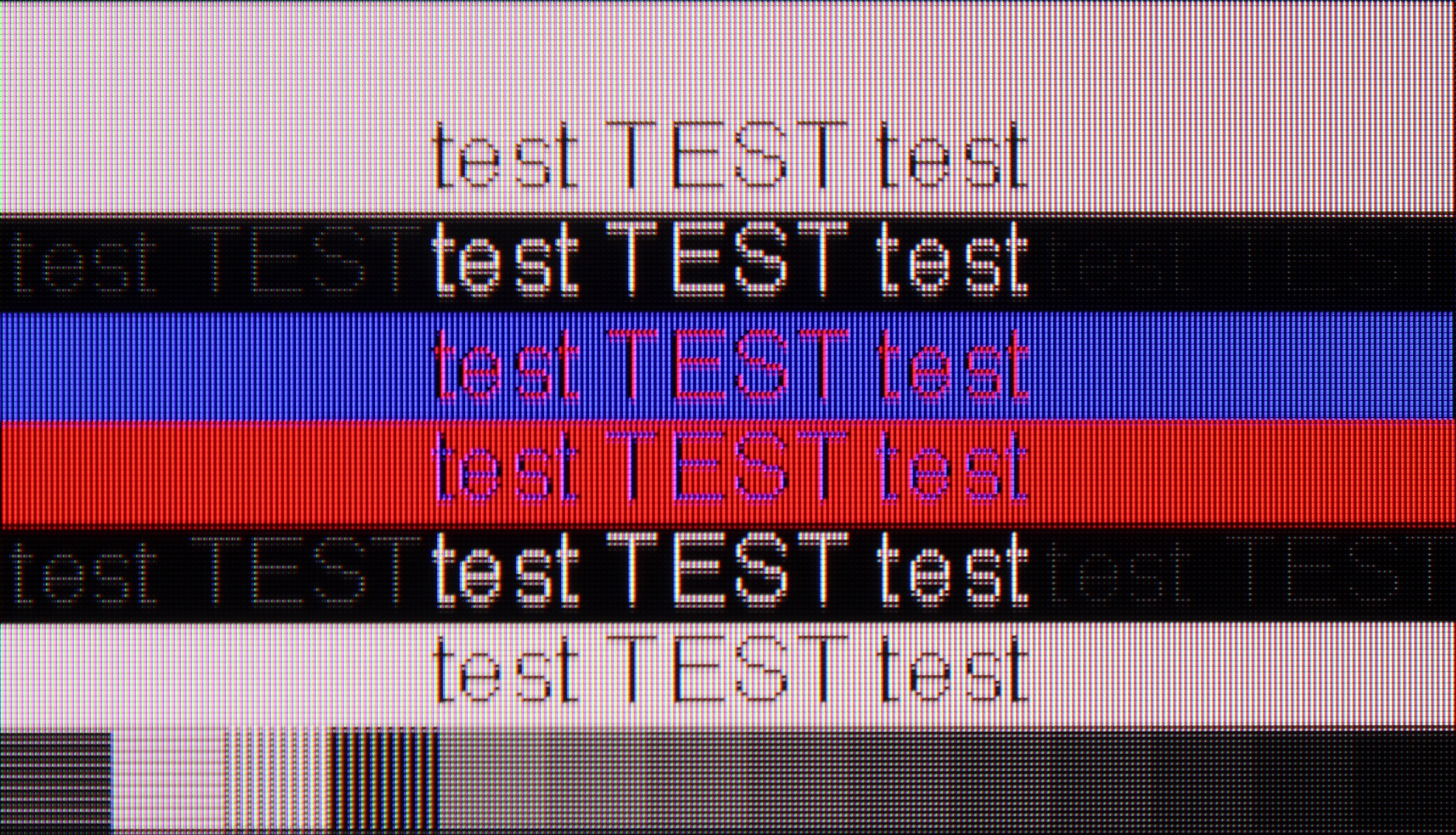
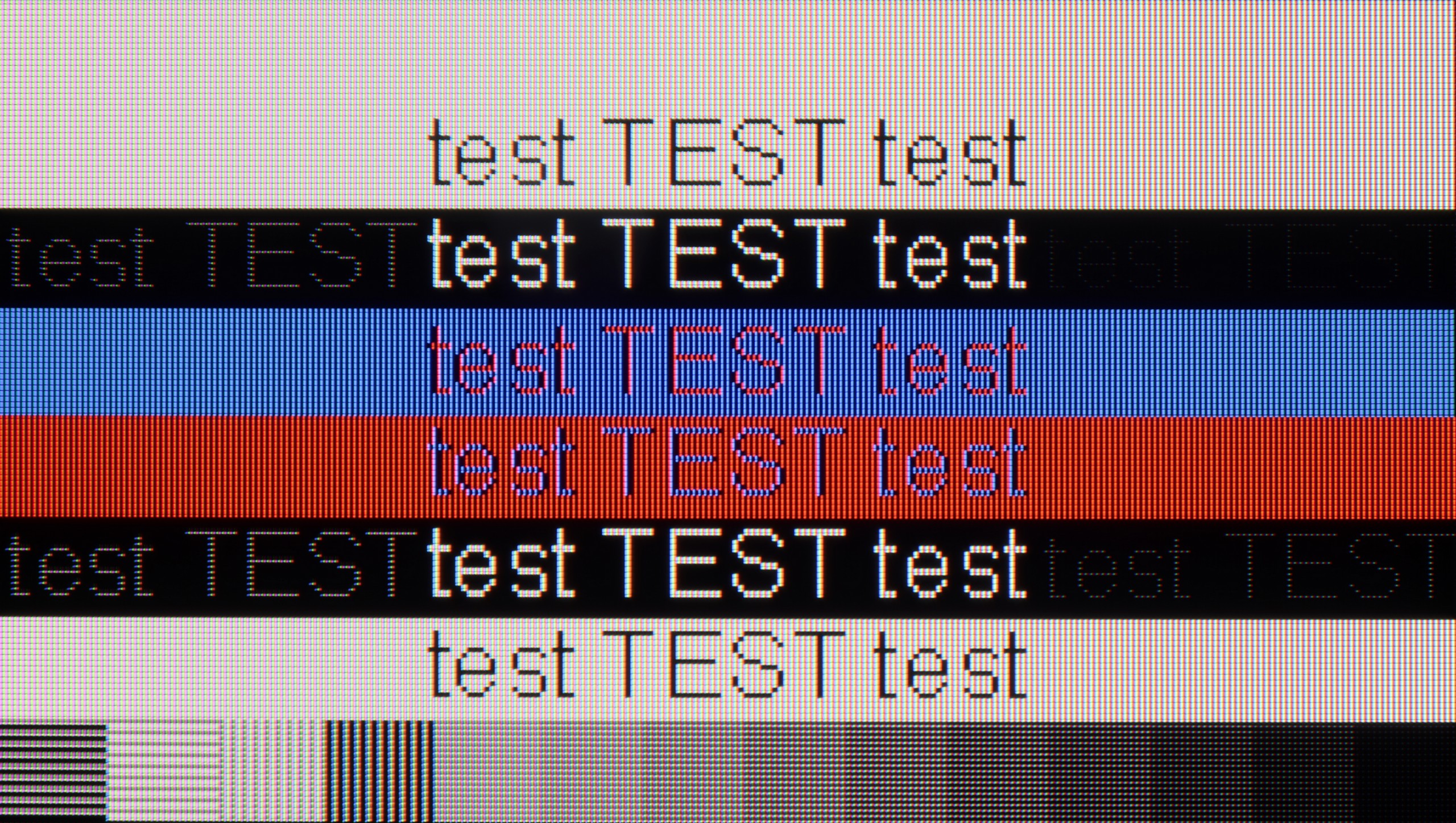
Let's start with the best aspect when it comes to connecting the QN70F to a computer – that is gaming. The 144 Hz refresh rate, support for G-Sync compatible VRR, and very low input lag are the recipe for an almost perfect screen for PC gamers. In this role, the QN70F truly does not disappoint – games look smooth, responsiveness is at a very high level, and everything operates stably.
However, the performance when it comes to text work is somewhat lacking. At a 4K resolution and 144 Hz refresh rate, there is a noticeable lack of sharpness in the text outlines – the text can appear slightly blurred, with a slight "layering" of the outlines. This is not a problem that disqualifies the usability of the QN70F as a monitor, but those planning to do office work or text editing on this screen should keep this in mind.
Although playing on the Q8F is not particularly attractive — it lacks modes with lower resolutions and higher refresh rates, and there are issues with VRR (G-Sync) along with a matrix limited to 60 Hz — as a work monitor, the television performs excellently. The readability of fonts is at a very high level, so working with text or spreadsheets in Excel is a pure pleasure. In this regard, the Q8F can be a real alternative to a large office monitor.
Viewing angles
3.1/10
3.4/10
As for the VA panel, the viewing angles on the QN70F are typical – meaning rather average. The image quickly loses contrast and saturation when we start looking at the screen from a sharper angle. Compared to IPS panels, it's definitely weaker. On the other hand – it is precisely because of this panel that we gain better black levels and higher contrast when viewing straight on, which for many users will be more important than wide visibility from the sides.
The viewing angles on the Q8F can be described as average, which stems from the use of a VA panel. When watching the TV straight on, the image looks very good, but as soon as you shift a bit to the side, it starts to fade and lose contrast. The colors gradually lose saturation, and black takes on a grayish hue. This is a typical limitation of this type of panel, and it's hard to expect miracles here. Compared to IPS panels, the difference is clear — although they are weaker in contrast, they maintain color consistency better at an angle. The Q8F performs best in a classic setup, where viewers sit directly in front of the screen. If you plan on watching with a larger group, with people spread out more widely in the living room, the effect may not be as satisfying.
TV efficiency during daytime
6.3/10
5.6/10
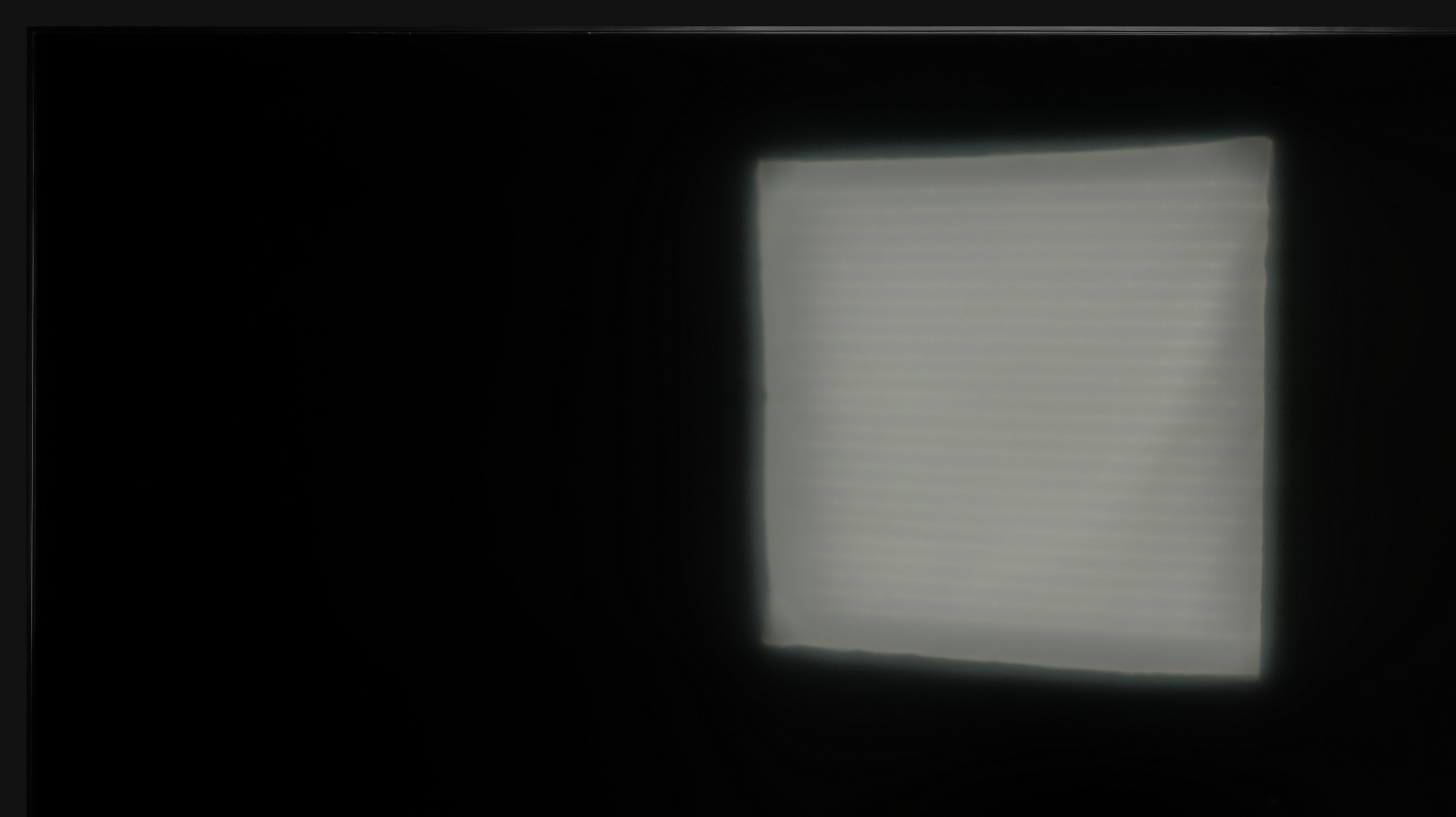
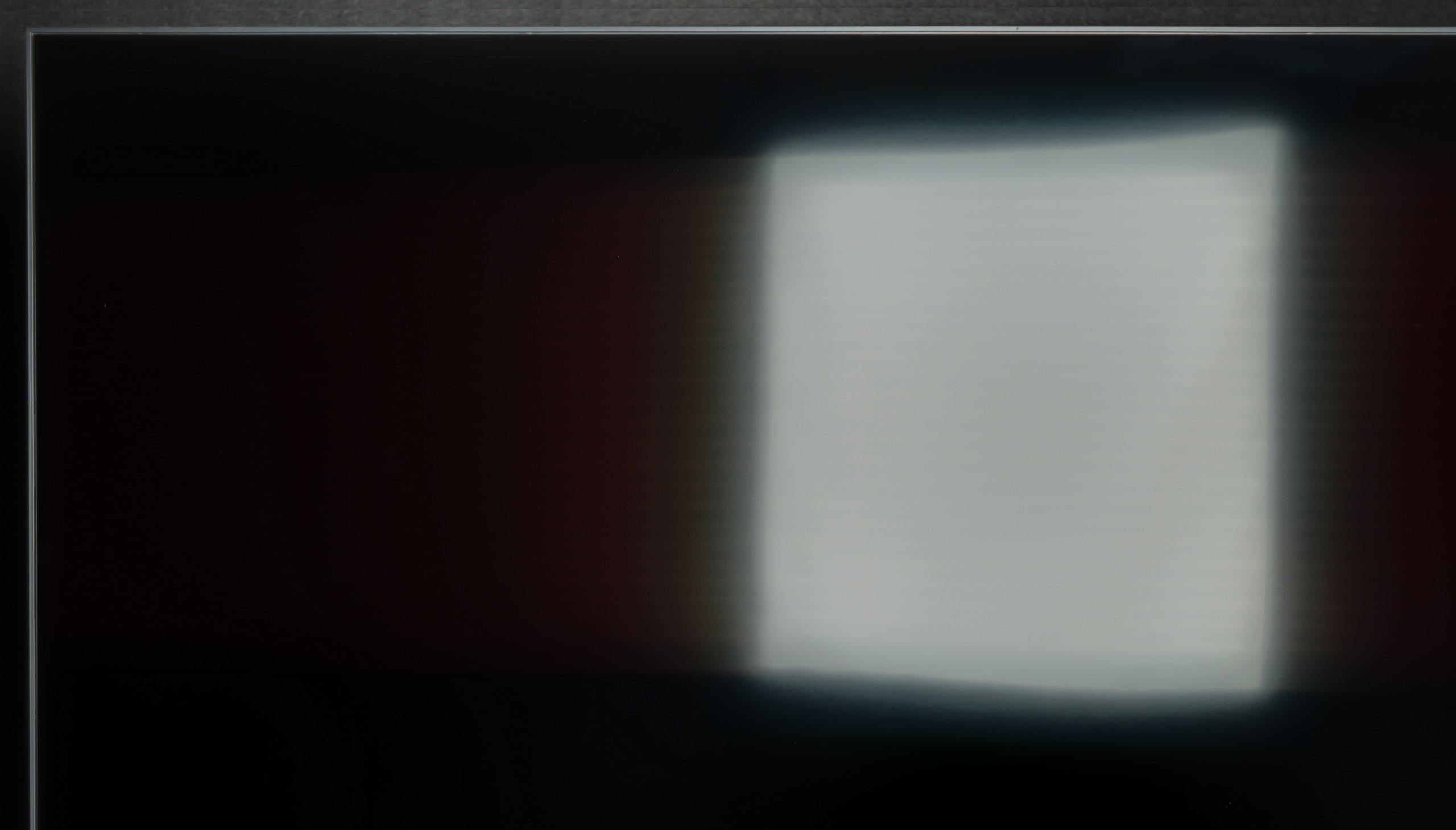

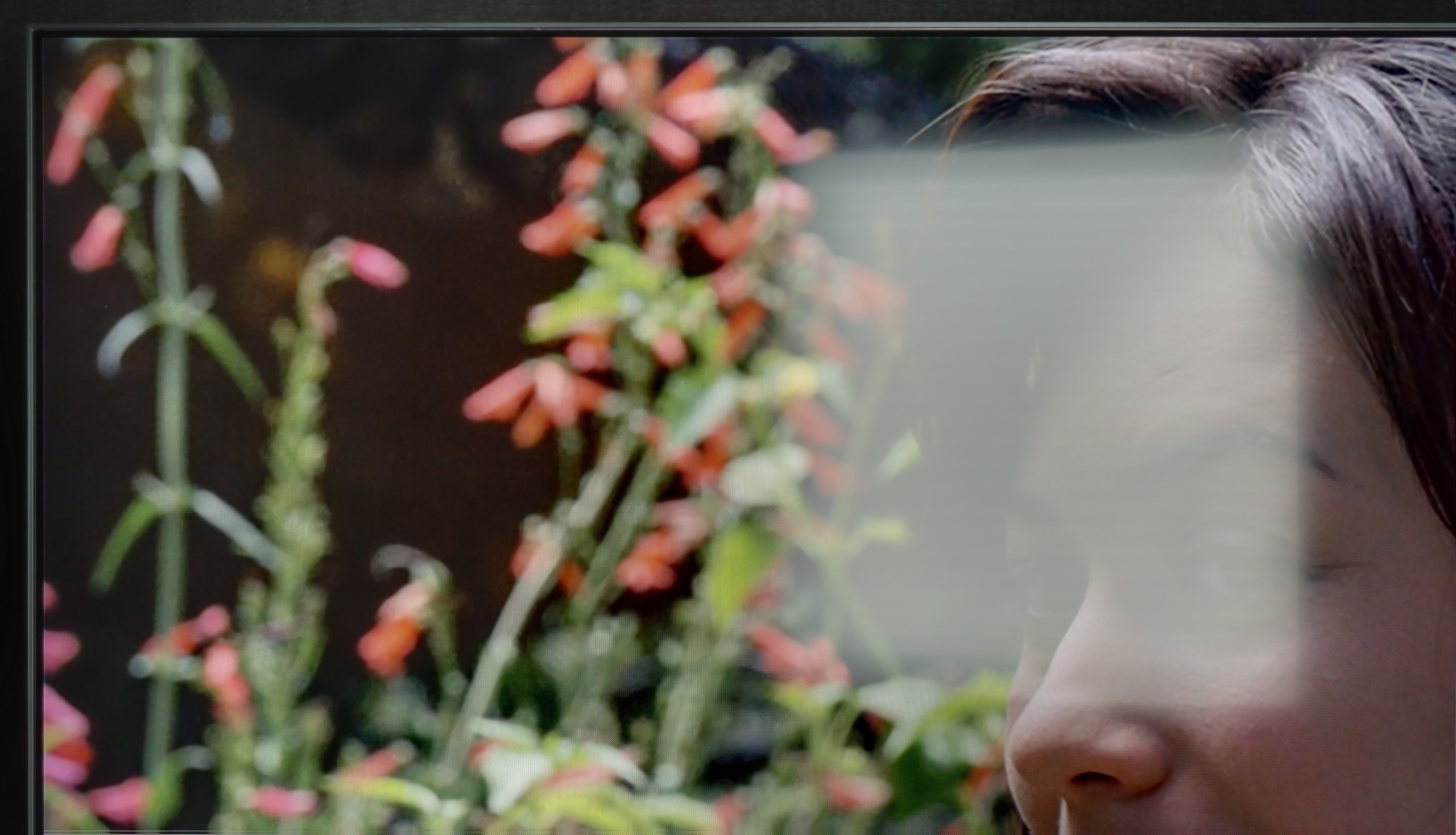
Matrix brightness
Average luminance SDR
Samsung Q8F: 430 cd/m2
Samsung Neo QLED QN70F / QN74F / QN77F: 492 cd/m2
The QN70F handles a bright living room without any problems. The screen has a satin finish that effectively reduces reflections, so there's no need to immediately draw the curtains to see something. Even when there’s a lot of light in the room – for example, near a window on the side – the image still looks sharp and colorful. Brightness is also at a solid level. In SDR mode, the television averages around 500 nits, which is more than enough for daytime viewing. It may not be at the level of top models, but in practice – for everyday watching of TV, sports, or YouTube – it performs very well.
The Q8F performs quite well during the day. Its brightness hovers around 450 nits, which proves to be sufficient for moderately bright living rooms. It is not a television that will win the battle against sunlight streaming directly through the window, but under typical home conditions, the picture remains clear and appealing. A major plus is the satin finish on the screen, which effectively reduces light reflections and allows for color saturation to be maintained even when the room is bright. As a result, watching series during the day or evening sports broadcasts with the lights on is not a problem. The Q8F does not aspire to be a cinema television in full sunlight, but as a daily screen in normal home conditions, it performs really solidly.
Details about the matrix
Subpixel Structure:
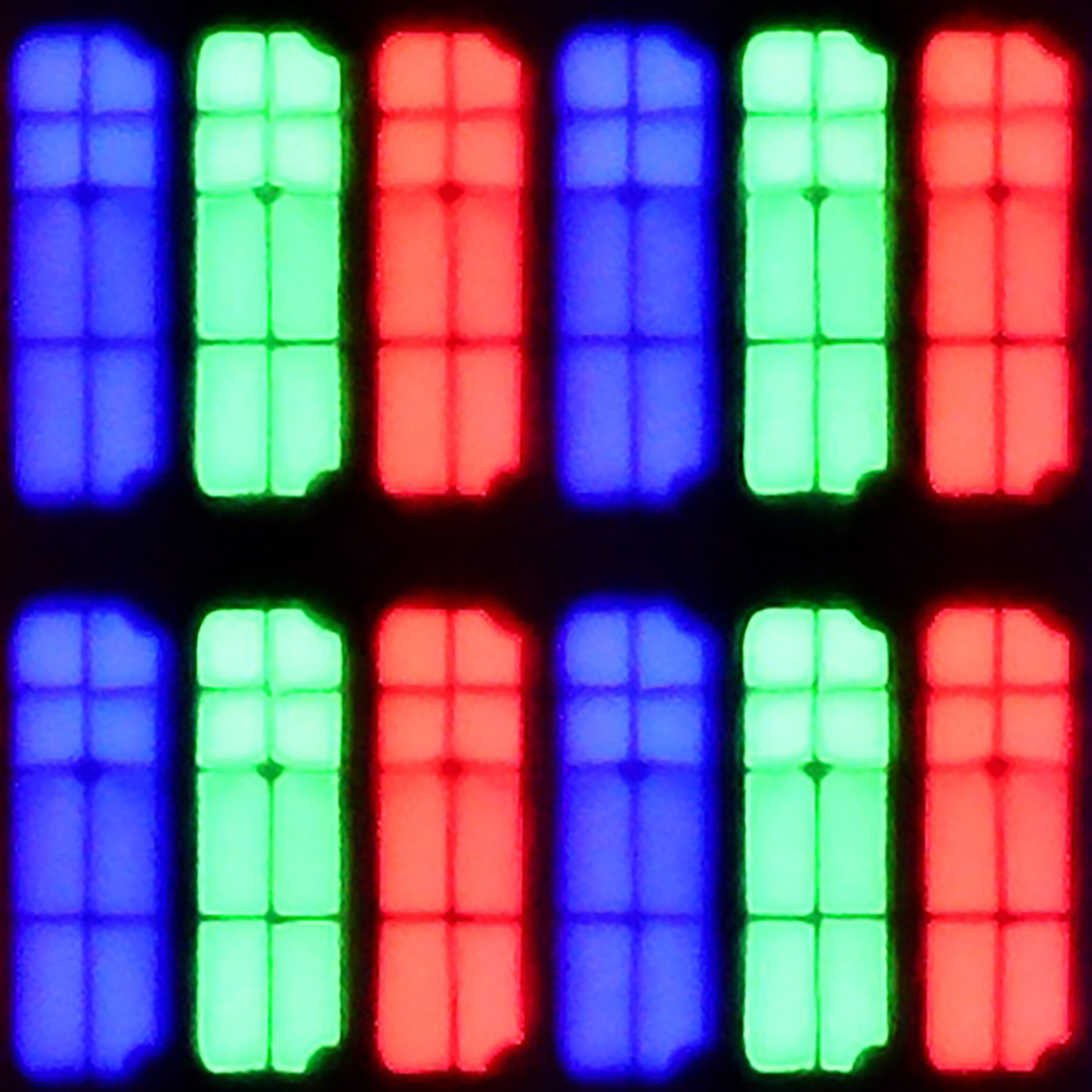
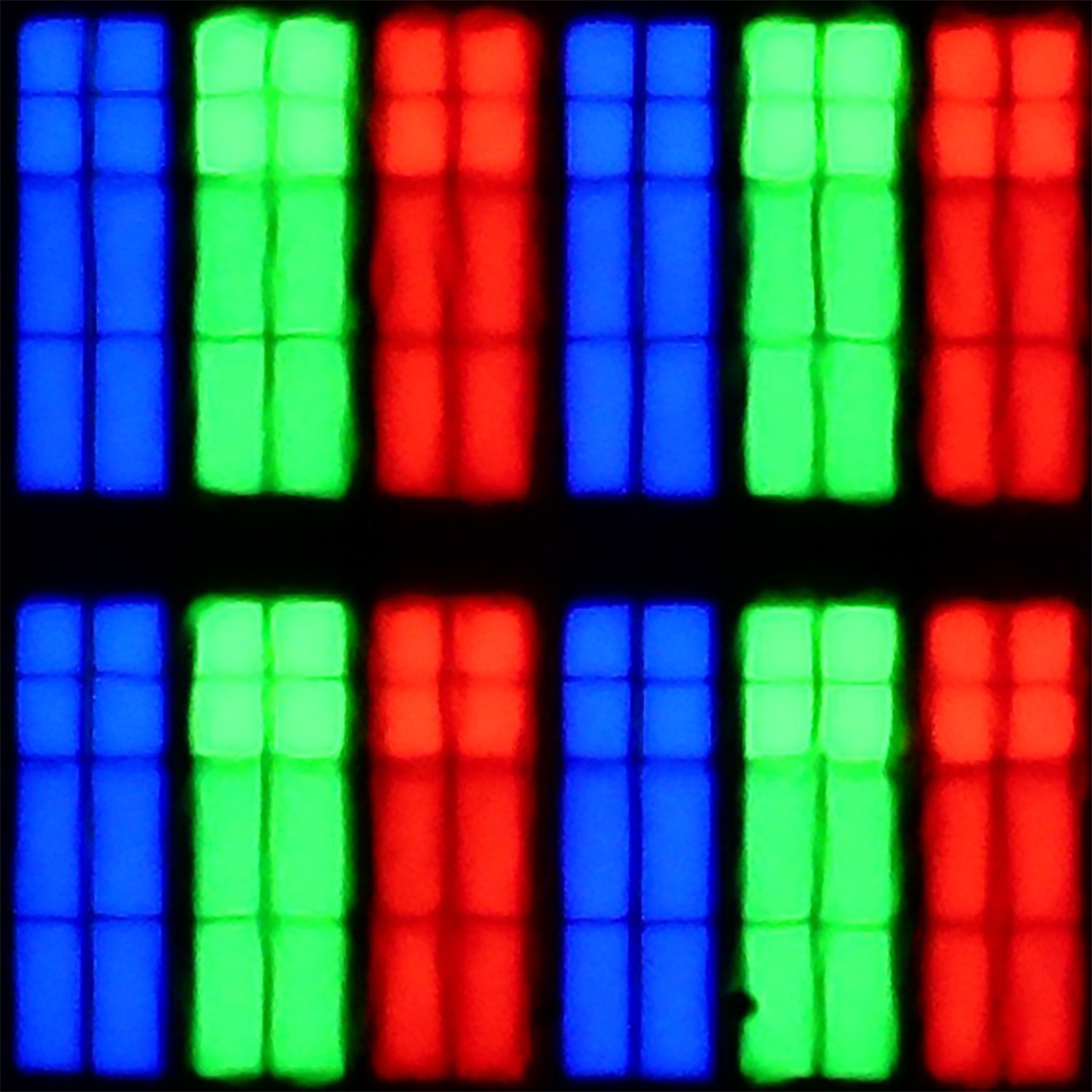
Panel uniformity and thermal imaging:
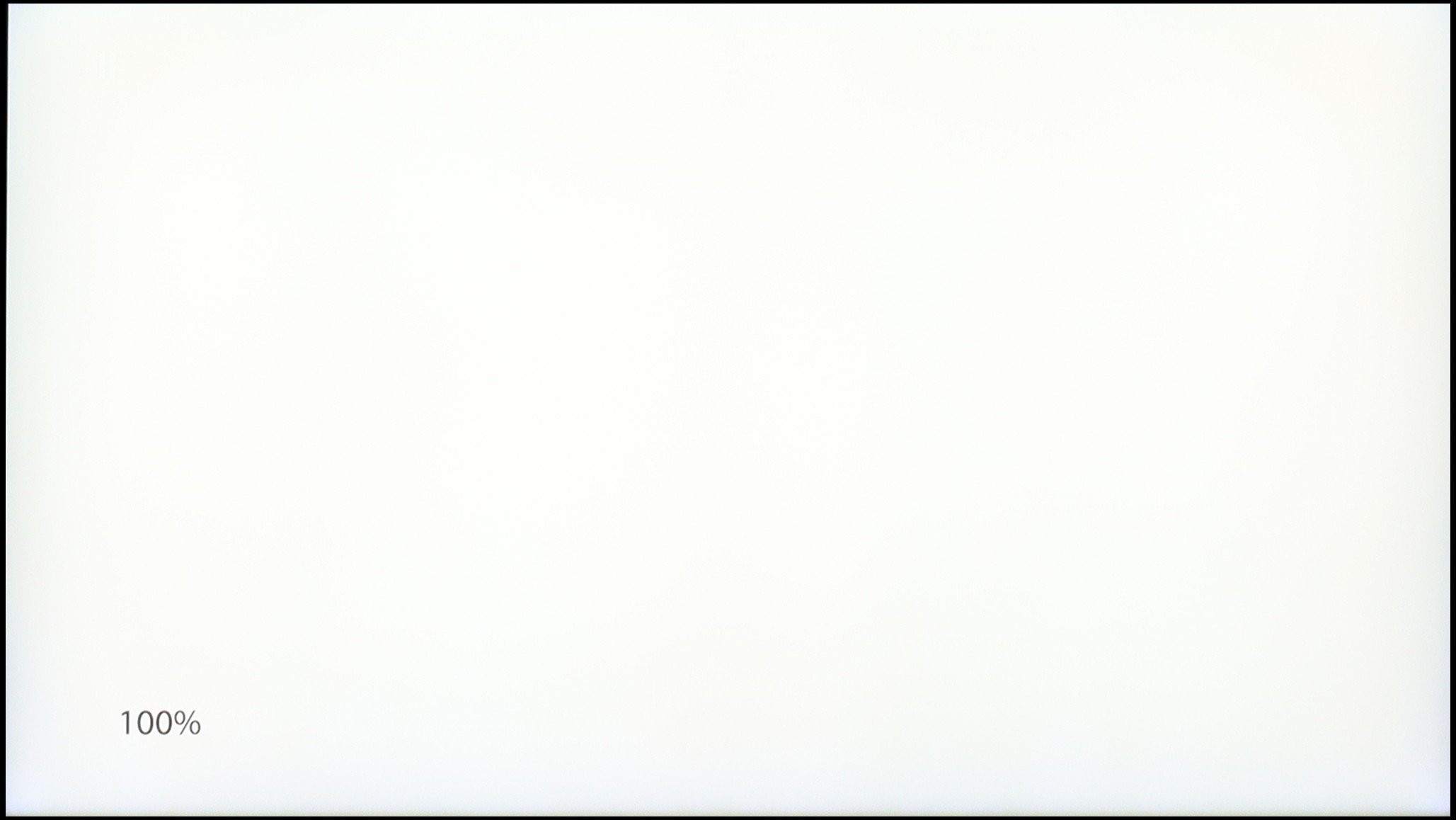
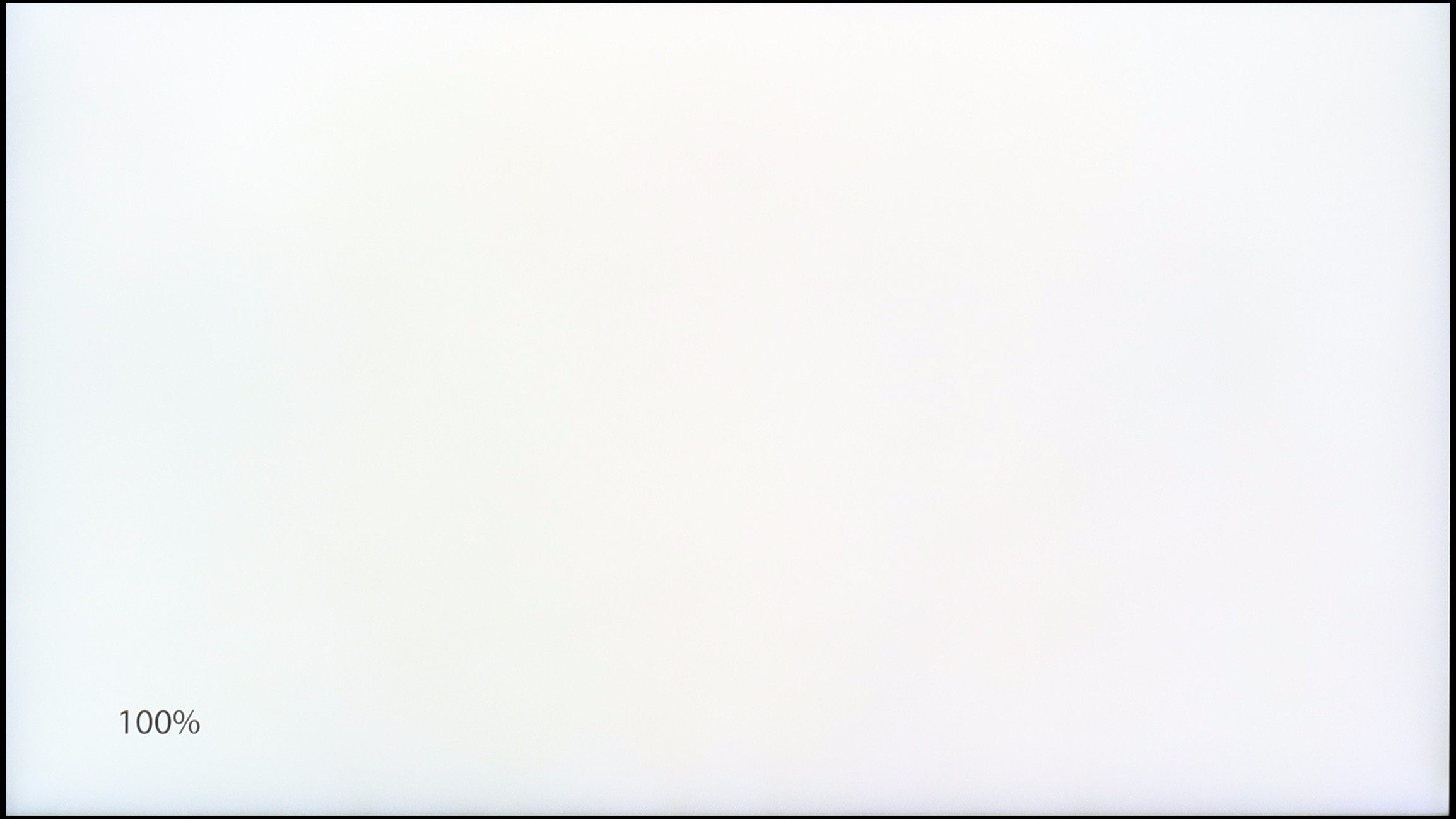
Samsung Neo QLED QN70F / QN74F / QN77F
Samsung Q8F
TV features
7.2/10
7.3/10
- HDMI inputs0 x HDMI 2.0, 4 x HDMI 2.1 48Gbps3 x HDMI 2.0, 0 x HDMI 2.1
- OutputsToslink (Optical audio), eARC (HDMI), ARC (HDMI)Toslink (Optical audio), eARC (HDMI), ARC (HDMI)
- Network InterfacesWi-Fi 2.4GHz, Wi-Fi 5GHz, Ethernet (LAN) 100MbpsWi-Fi 2.4GHz, Wi-Fi 5GHz, Ethernet (LAN) 100Mbps
- TV receptionDVB-T, DVB-T2, DVB-S, DVB-S2, DVB-CDVB-T, DVB-T2, DVB-S, DVB-S2, DVB-C
Classic features:
- Recording to USB (terrestrial TV)
- Recording programming
- Picture in Picture (PiP)
- RF remote control (no need to aim at the screen)
- Backlit remote control
- Teletext
- Audio only mode
- Bluetooth headphones support
- Simultaneous Bluetooth headphones & TV audio
Smart features:
- AirPlay
- Screen mirroring (Windows Miracast)
- Voice search
- Voice search in native language
- Ability to connect a keyboard and mouse
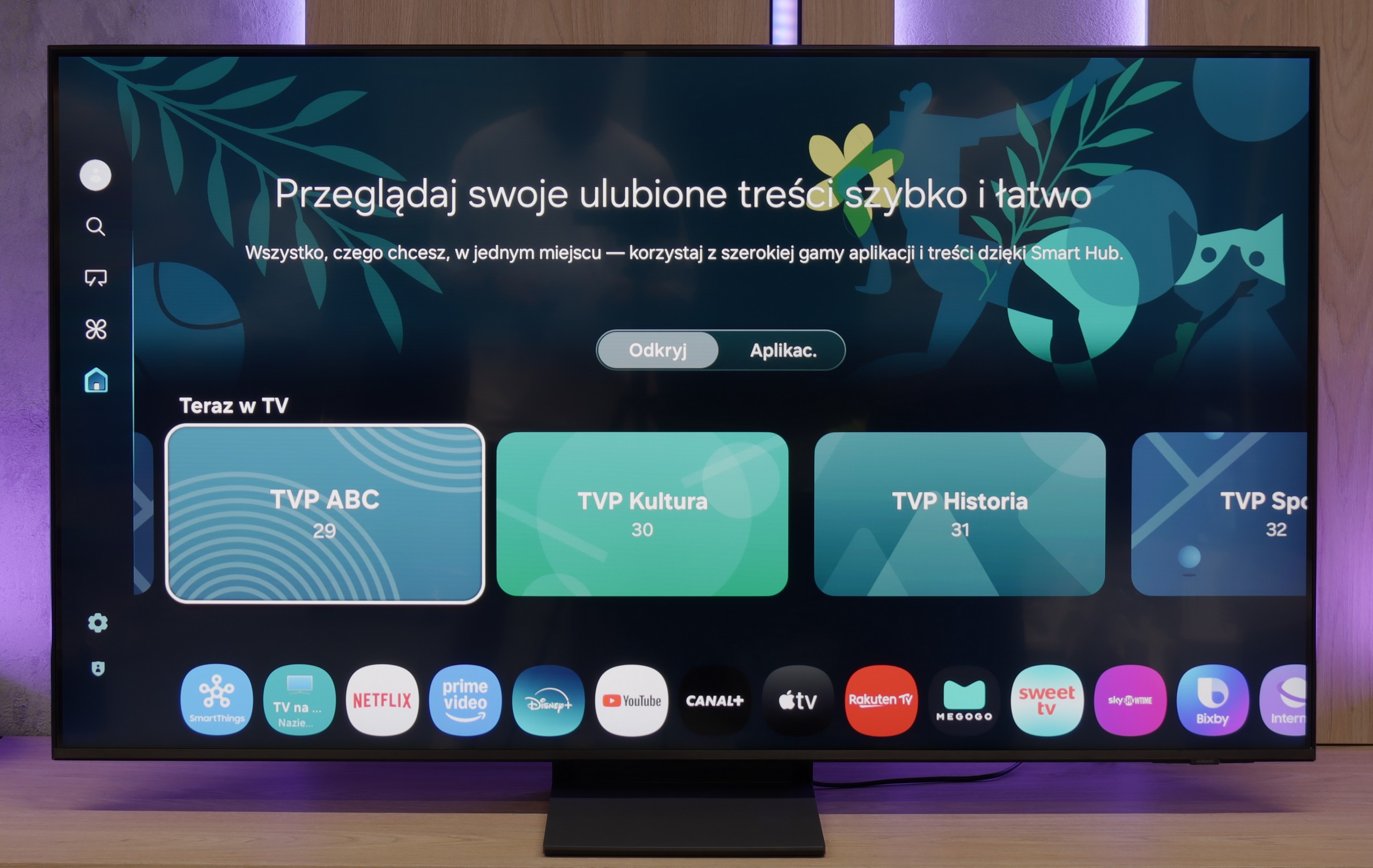
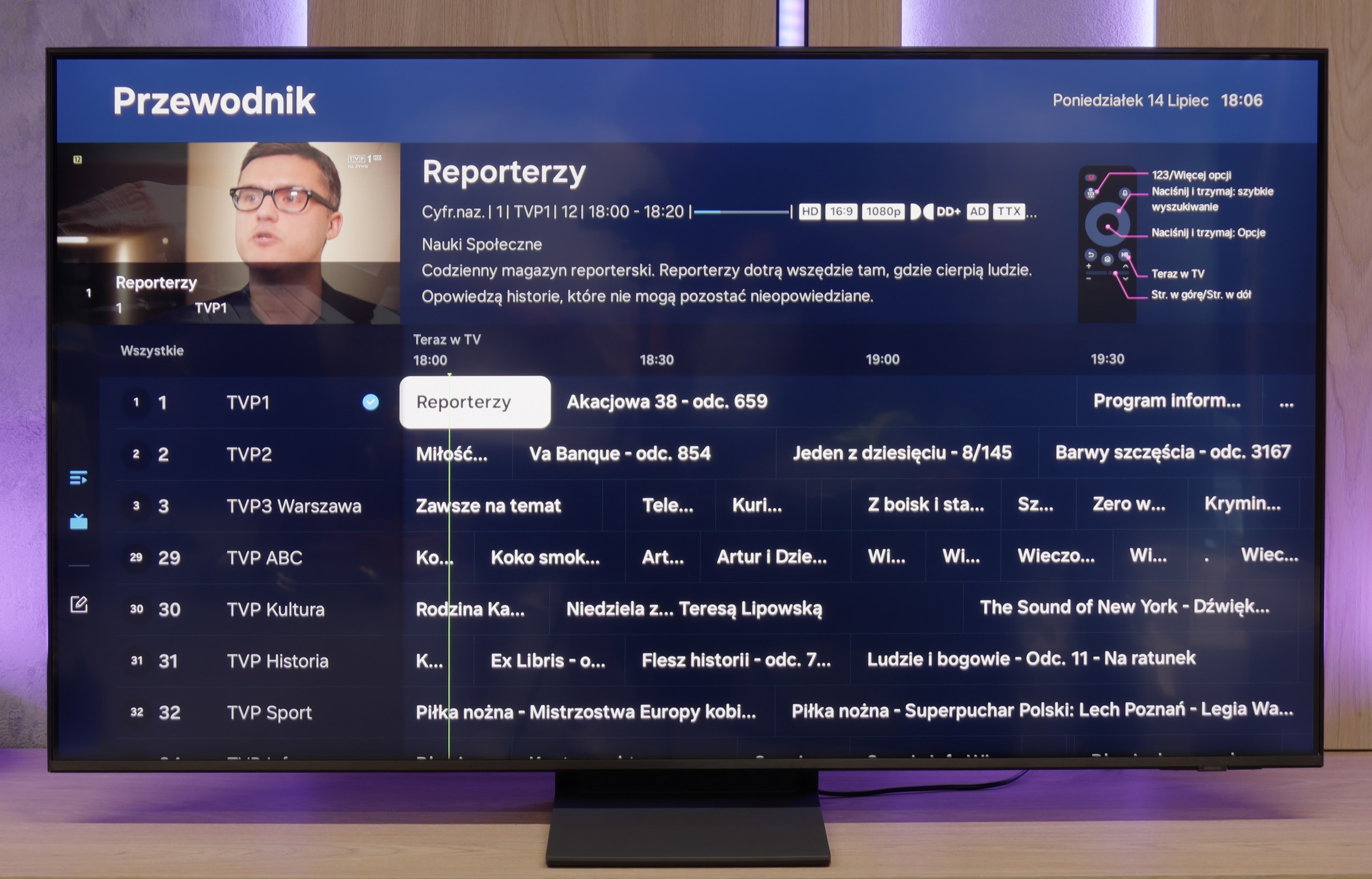
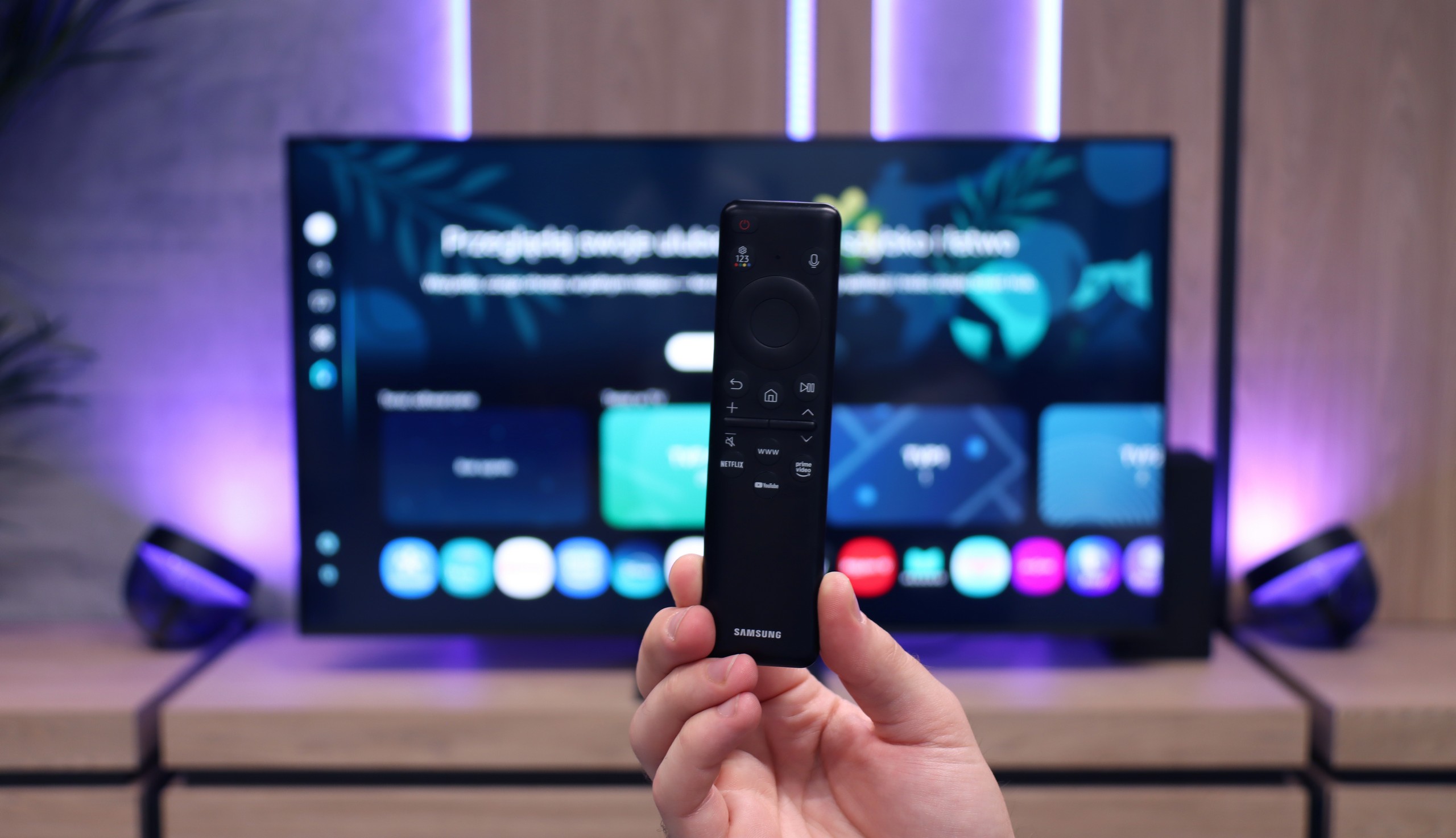
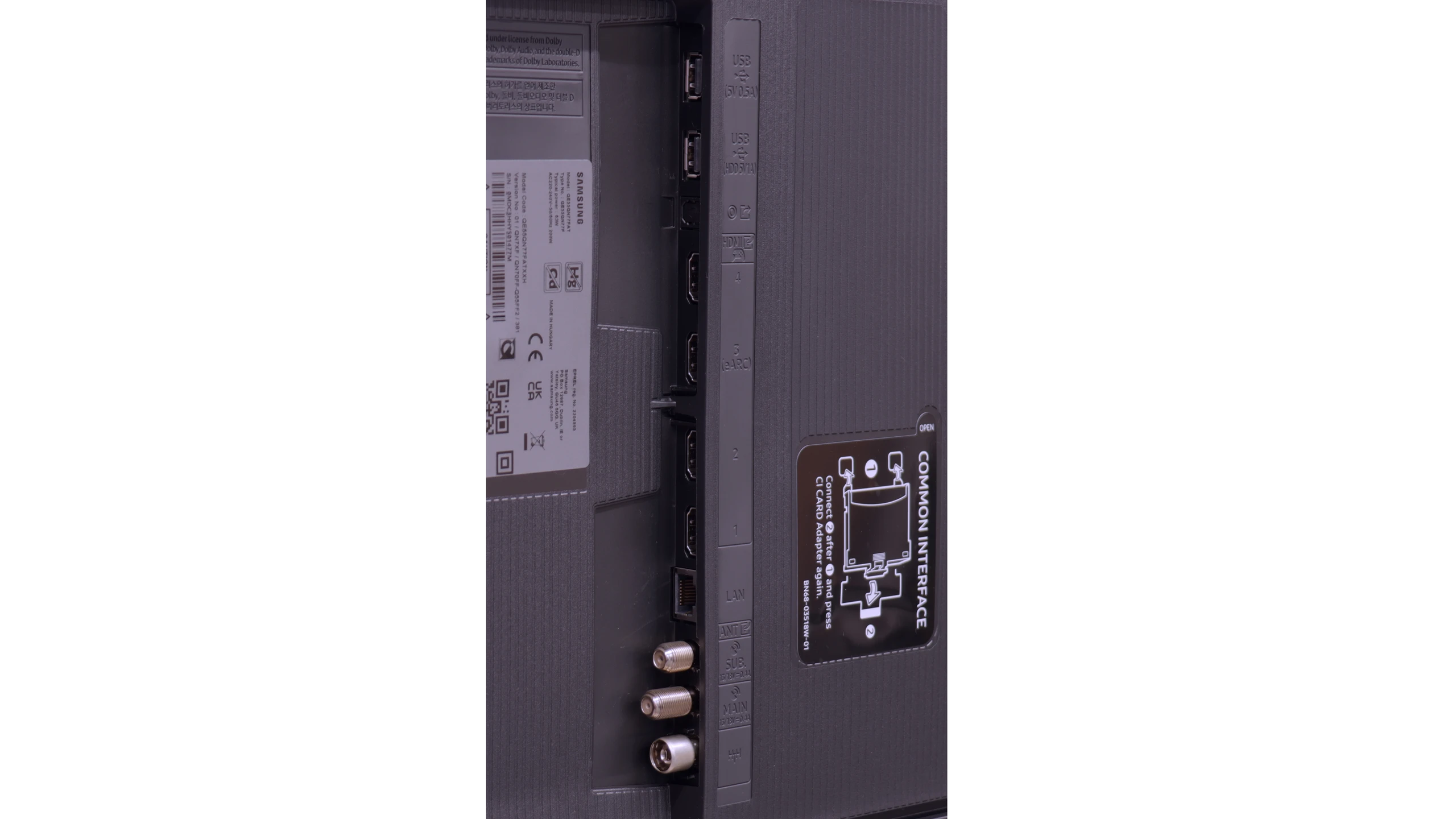
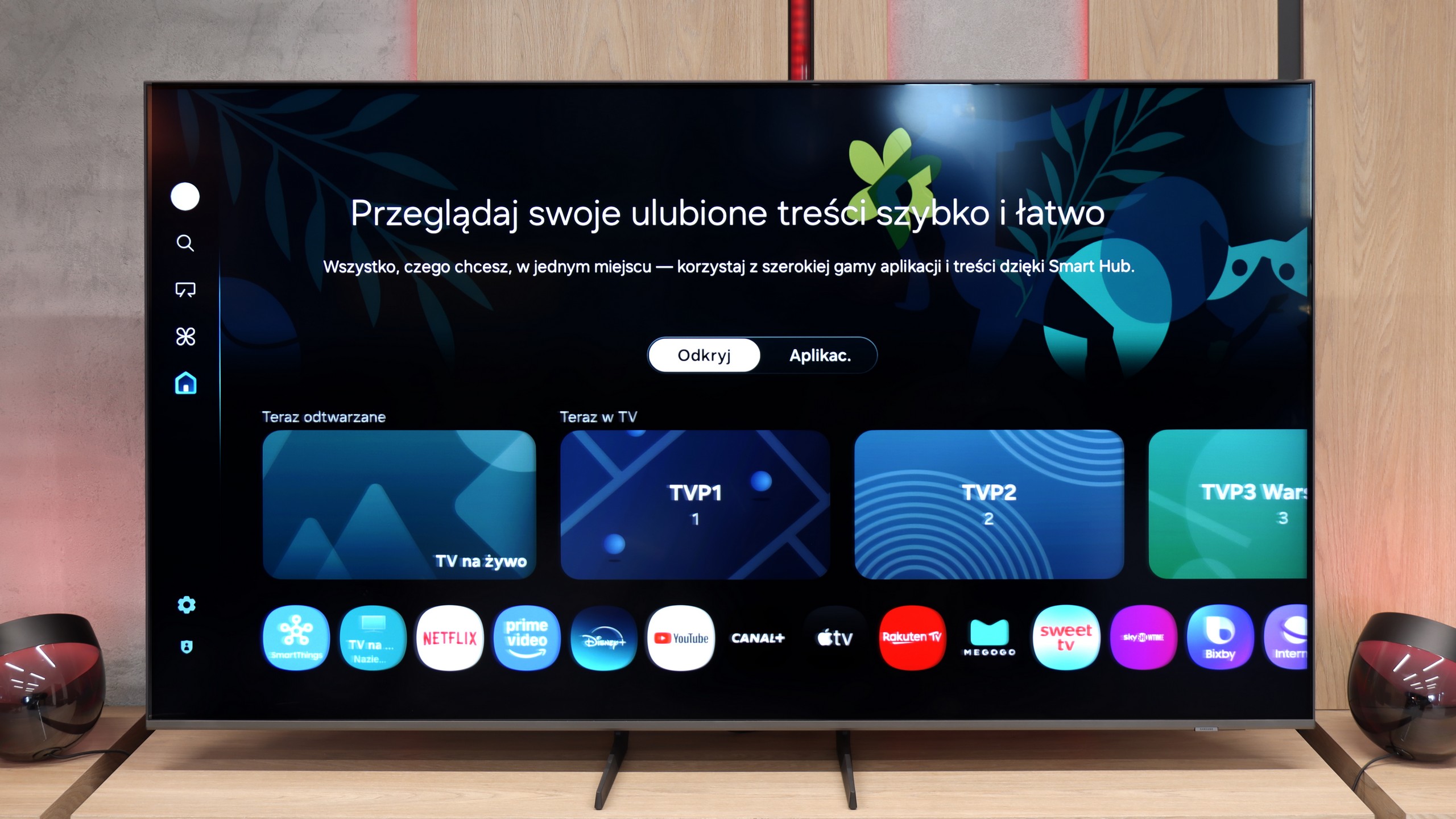
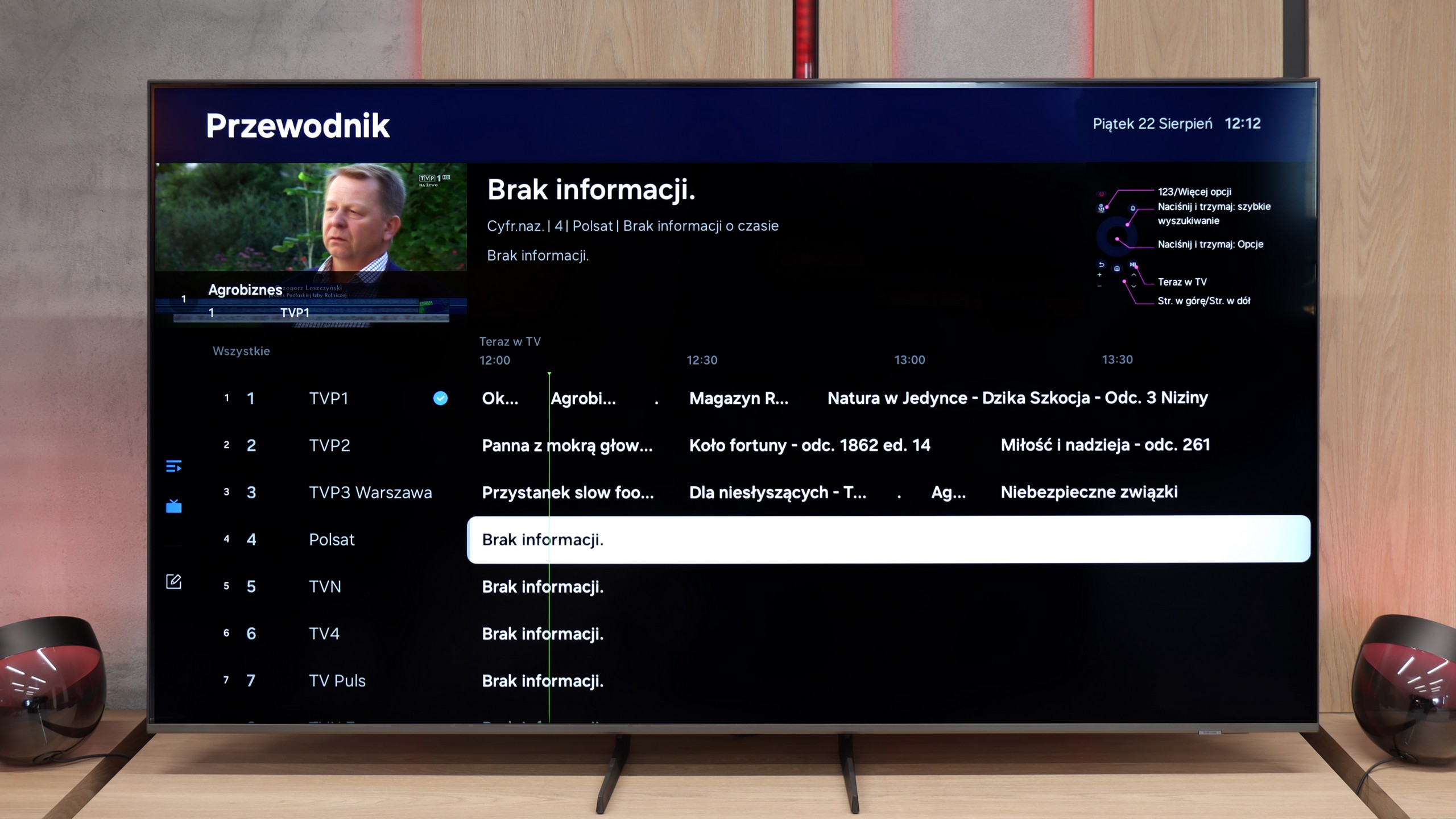
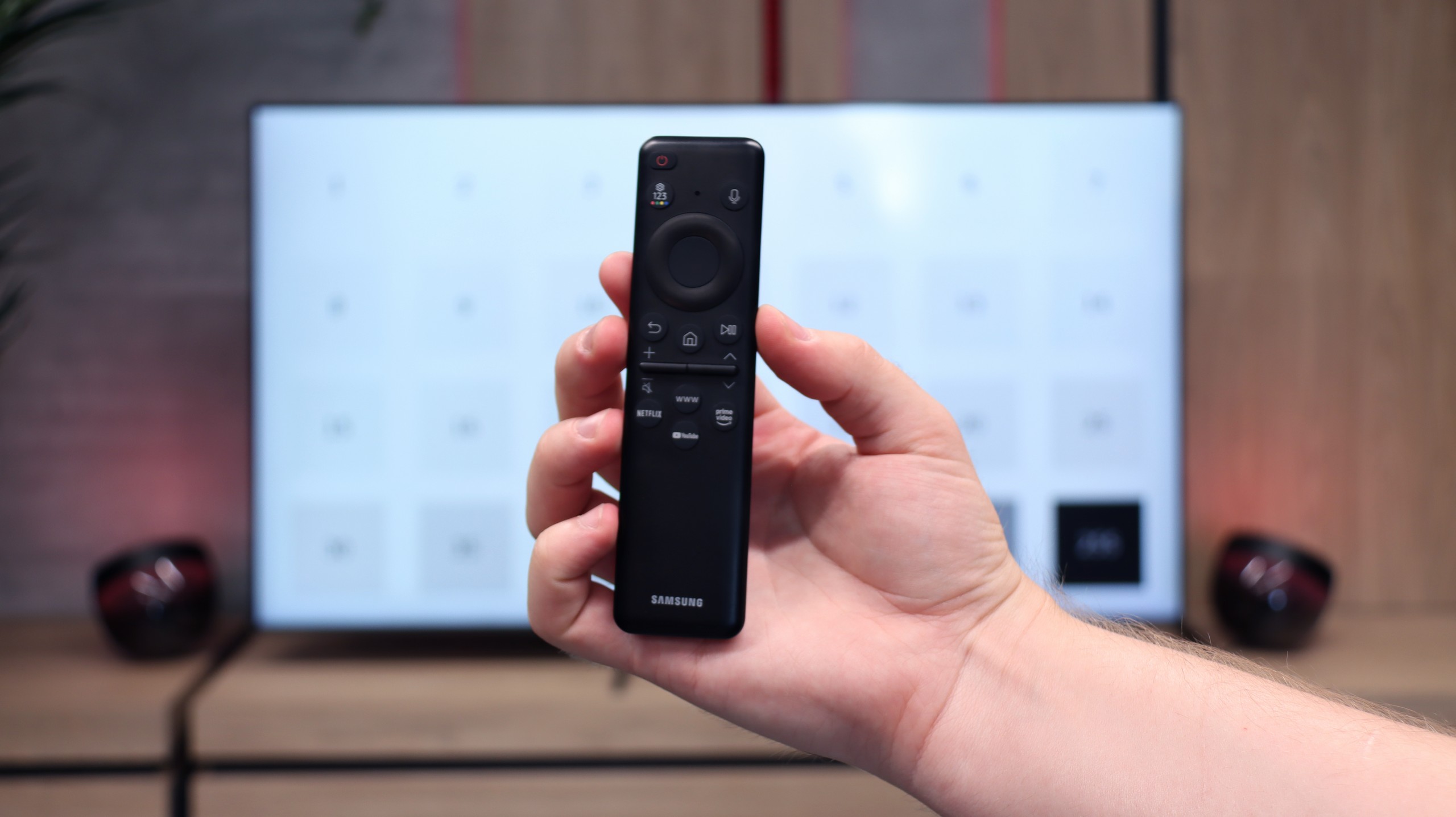
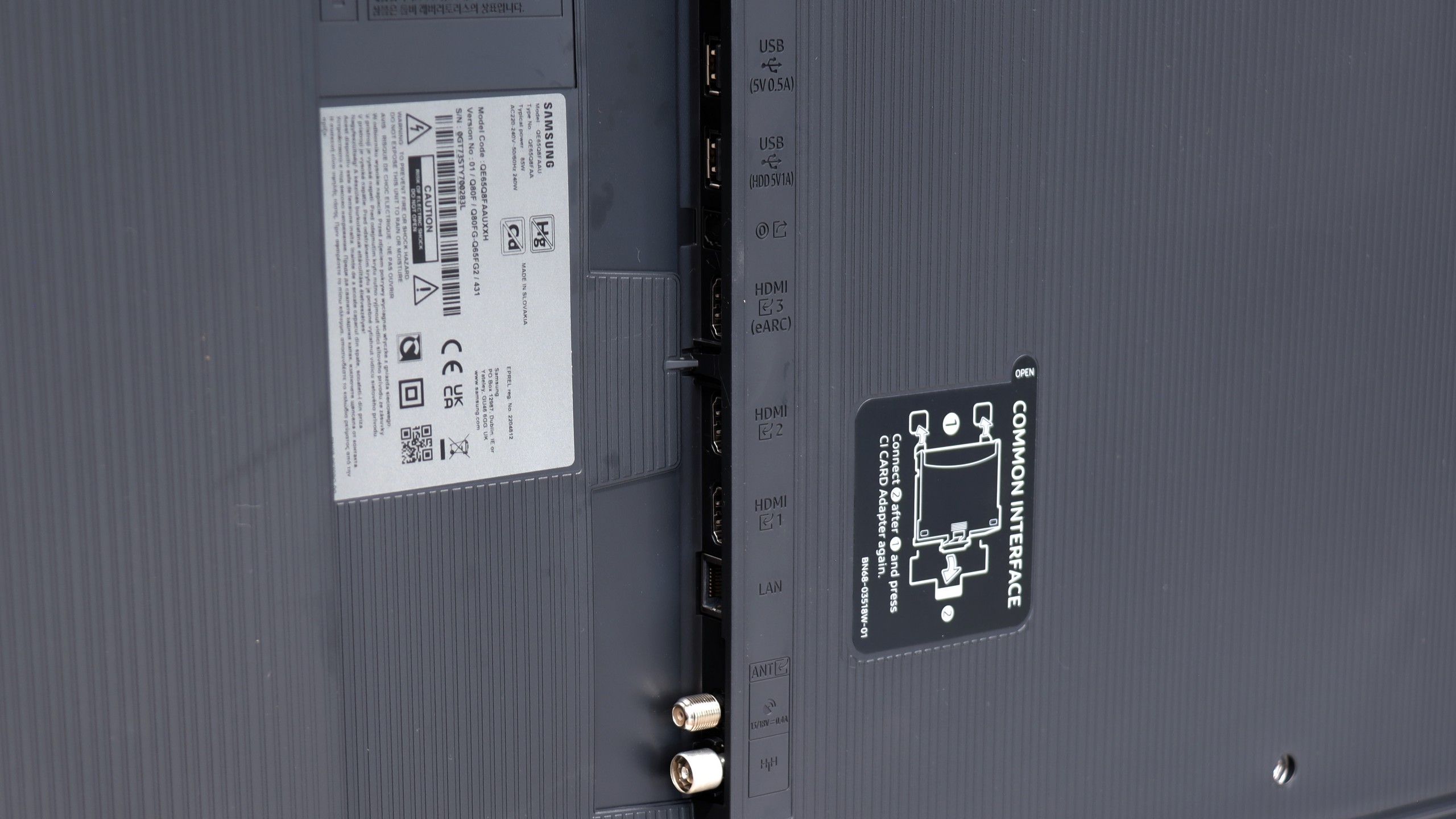
TV Features
The QN70F does not forget about classic features that still matter to many users. On board, we find, among other things, picture-in-picture mode (PiP), enabled by the presence of two tuners, teletext, and "Audio Only" mode – ideal if we want to use the TV like a radio. We can effortlessly pair it with headphones or a soundbar via Bluetooth, and the remote – despite the lack of a numeric keypad – works reliably, allowing control of other devices and additionally does not require us to aim at the screen. However, it should be noted that, as with all new Samsung models, we will not find USB recording functionality here. This is a system limitation that the brand consistently adheres to.
Smart TV QN70F – Tizen
The Tizen system, developed by Samsung for years, is one of the most refined Smart TV interfaces. It is fast, clear, and feature-rich. The QN70F supports voice search (also in Polish), wireless screen sharing from a phone (both via AirPlay and Miracast), as well as integration with watches and other devices in the Samsung ecosystem. All of this is connected by the SmartThings app, which allows controlling devices, automating tasks, and connecting devices on one network. (Not only Samsung brand). However, it is not perfect. Tizen is a closed system, so the selection of applications can be somewhat limited – especially compared to Google TV. All the major streaming services are in place, but if you use less popular services, it's worth checking before purchase whether they are available in the Samsung store.
SmartTV Features: Tizen
In terms of smart features, the Q8F is on par with what Samsung has accustomed us to. On board, we have the Tizen system – fast, intuitive, and well-integrated with other devices. AirPlay, screen mirroring, and simple voice commands work without issues, so the basics are perfectly covered. Additionally, there’s SmartThings, an app that turns the TV into the center of the home ecosystem. You can connect a washing machine, vacuum cleaner, bulbs, or speakers and control everything from one place, including the TV. There’s no shortage of apps within Tizen for watching movies or series either – Netflix, YouTube, Disney+, and Prime Video are readily available. However, it’s worth remembering that Tizen is a closed system, so anyone hoping to install less popular programs may be disappointed.
Classic Television
Classic television fares worse. The Q8F simply serves as a screen here – it will display the image, but we won’t find additional features like USB recording or PiP mode. The remote is small and minimalist. It looks modern, can be charged via solar batteries on the back cover, or through USB-C, but it's important to note that it may not appeal to everyone – especially older users may miss traditional buttons. However, it must be honestly admitted that Samsung has consistently directed its TVs (as well as competitors, who have copied some ideas from them) towards smart home integration, rather than equipment "for grandma and grandpa." Given the immense popularity of the brand, it can be assumed that most users, even older ones, have already grown accustomed to the fact that the era of remotes with a whole range of rubber buttons is slowly coming to an end.
Playing files from USB
9/10
9.1/10
Supported photo formats:
Maximum photo resolution:
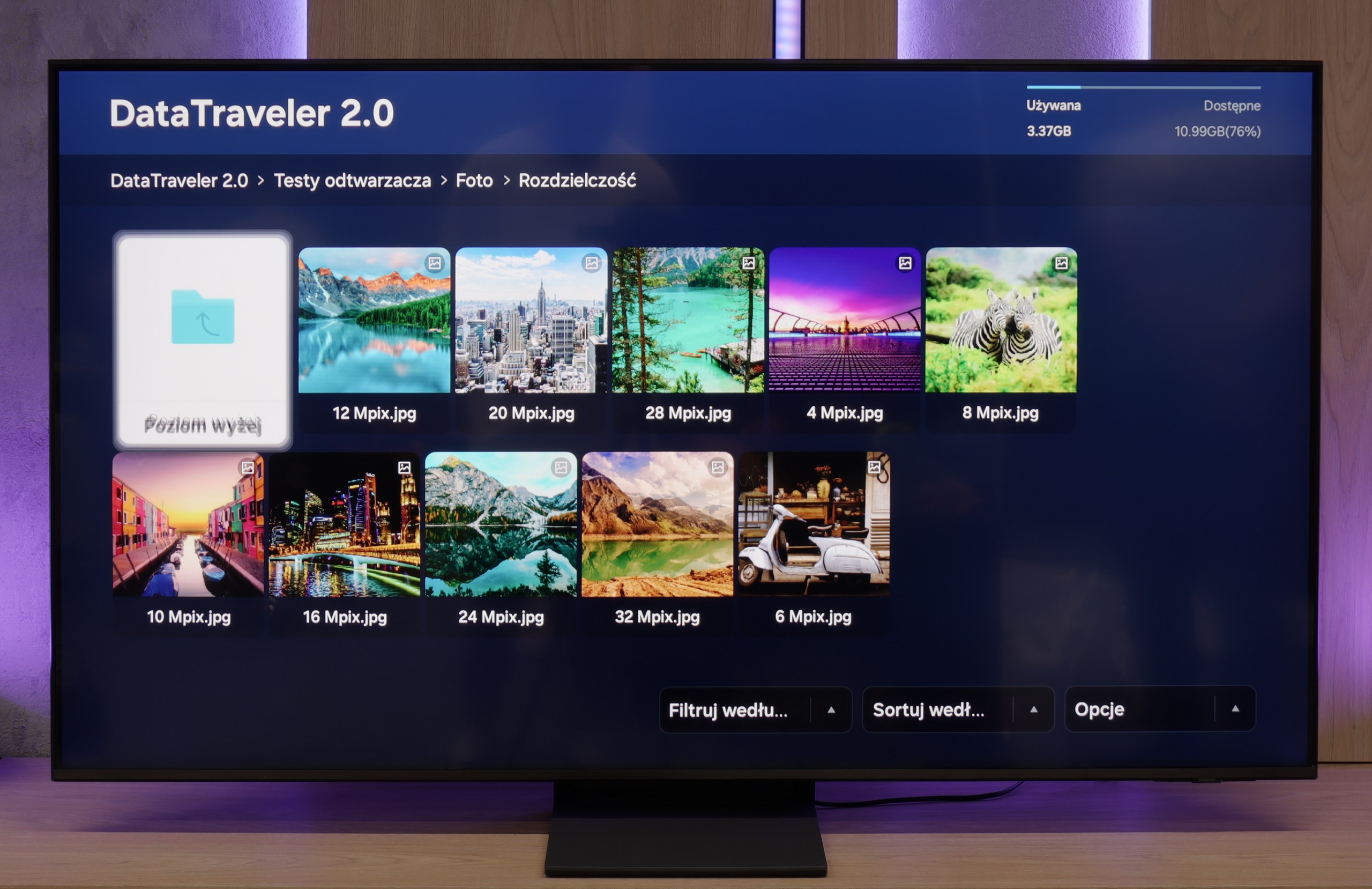
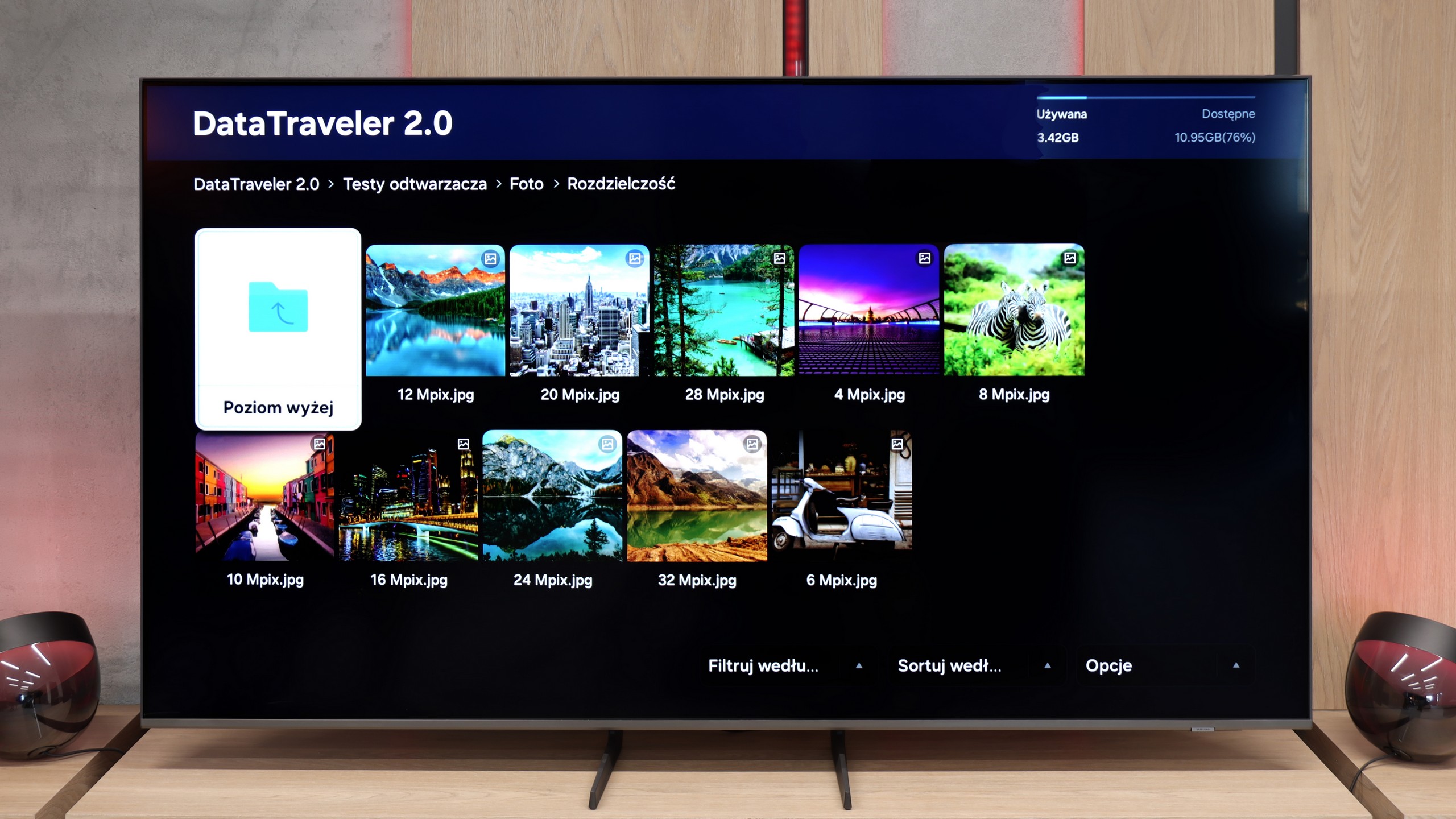
Samsung QN70F performs well in media playback – it easily runs pictures, music, and videos in the most commonly used formats. During testing, it opened JPG files, MP4, and TXT subtitles without any trouble, so for most people, this will simply be sufficient. However, there were a few files – despite having the correct extensions – that refused to play. It may be an issue with a specific version of the system, and the problem might disappear after future updates.
Samsung Q8F handles playback of files from USB quite efficiently. It supports almost all popular video formats and photos, so you can easily upload a holiday movie or a family album. There are occasional exceptions for less popular photo formats, but the most important JPEG works perfectly, which will be crucial for most users. It's just a shame that Tizen does not allow for the installation of alternative players like VLC. Then even less popular formats would not pose any problem.
Apps
8.7/10
8.7/10














































Sound
6.4/10
6/10
- Maximum volume84dB84dB
- Dolby Digital Plus 7.1
- Dolby True HD 7.1
- Dolby Atmos in Dolby Digital Plus (JOC)
- Dolby Atmos in Dolby True HD
- DTS:X in DTS-HD MA
- DTS-HD Master Audio
The Samsung QN70F is quite average in terms of sound, which shouldn't be surprising given the exceptionally slim design of the television. The built-in speakers will perform adequately during daily news watching or simpler content, but it's hard to speak of any depth or spaciousness of sound here. It's simply a compromise that one has to accept when choosing an elegant and thin design over a bulkier housing with a better audio system.
The sound on the Q8F can be described as acceptable. You can hear a slightly defined bass, but it is really minimal – the slim design of the TV simply doesn't allow the pair of 2 × 10 W speakers to spread their wings. This is a typical scenario for most TVs: if someone cares about truly cinematic experiences, it's worth considering a soundbar. Samsung has a really wide range in this category across various budgets, so it's easy to find something suitable. The TV itself will work for watching traditional television and series from time to time, but you shouldn't expect much more in terms of sound excitement.
Acoustic Measurements
84dBC (Max)
75dBC
84dBC (Max)
75dBC
